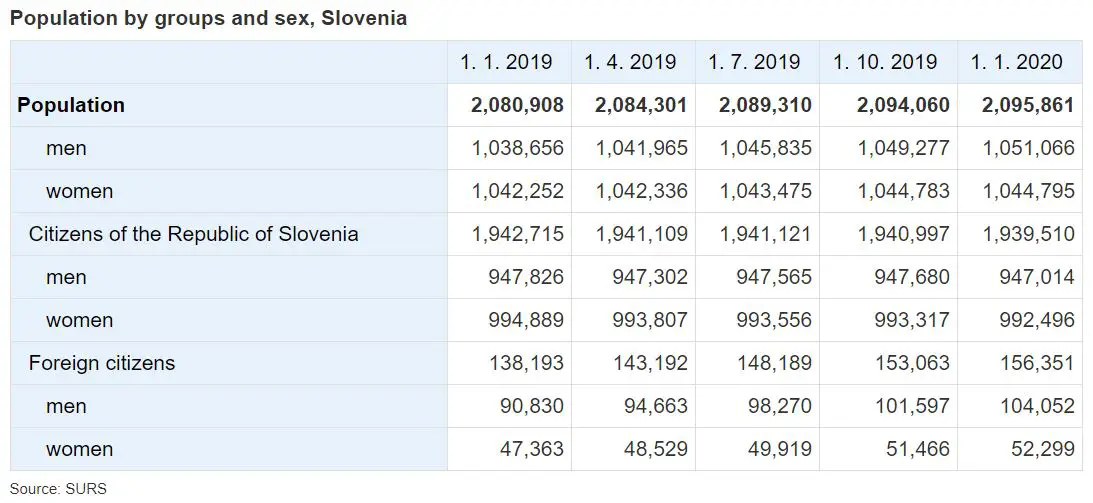Lifestyle
STA, 9 May 2020 - Gathering on Slovenia's beaches and at other public places on the coast remains banned, with the exception of individual sports activities, said Slovenian seaside mayors on Friday, ahead of what is likely to be a sunny weekend, coming a few days after the government extended the ban on gatherings.
Apart from the mayors of Slovenia's Istra region, the Koper Police Department and Health Inspectorate have joined the calls for complying with the ban, saying that any sun-bathing, socialising or loitering on the beaches is not allowed.
Citizens may bathe or swim though, but any time spent on the beach prior or after these activities must be kept short. Physical distancing should be maintained as well.
Patrol officers and representatives of the coastal civil protection unit will be on the lookout this weekend for any violators who might be tempted to hang out outside and enjoy the beach life.
Warmer temperatures and sunny skies are expected to attract more visitors to the seaside, with the police urging tolerant and responsible behaviour.
In the past few days, the government has lifted quite a few lockdown restrictions, including giving a go-ahead for reopening restaurants and certain shops, however preventive measures still apply there. Moreover, gatherings in public spaces are still off-limits.
Part 1: Going Through the Coronavirus Grief Cycle in Slovenia
Part 2: Are We All in the Same Boat? Lockdown in Slovenia & Around the World
This is my a second attempt at this article, my first attempt was so morbid and depressing that I found myself grateful that I didn't keep stocks of pills and alcohol around the flat – although I don’t think you can OD on leftover antibiotics!
Well, with lockdown slowly lifting and the promise of reunion with old friends and students, life is much better than it was three weeks ago – when there was barely a glimmer at the end of a seemingly endless tunnel. So being in a much more positive mood, I have had time to reflect on some of the skills and knowledge I have acquired while in solitary lockdown.
First and foremost, food. As a former ‘career girl’, I lived on expense account meals, cigarettes, carrots (to counteract the cigarettes), and the hospitality of friends and lovers. When I entertained I hired the auspices of Mary, who cooked and delivered straight to the oven, half an hour before the event, while I ostentatiously prepared the salad.
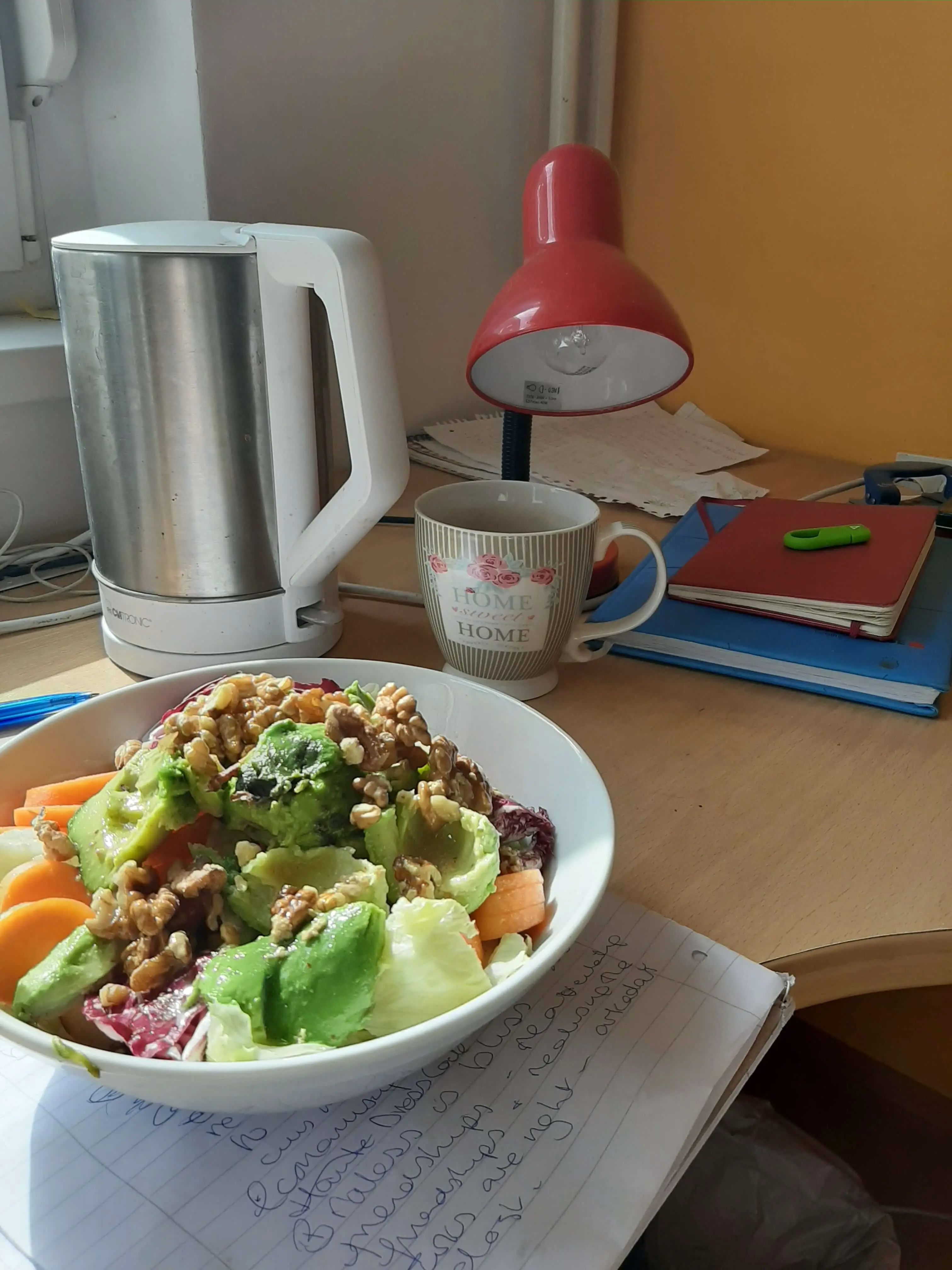
Now, as a teacher living abroad, I have neither the money nor Mary, and struggle by on Jamie Oliver’s Easy Peasy Pasta, tins of jota and ricet, and weekend restaurant treats – and, of course, carrots. They were not so necessary, as I had stopped buying cigarettes, and only smoked OPs Other Peoples) at weekends.
So isolation provided me with the time and opportunity to experiment with ‘easy’ Asian, Indian, Italian and Korean recipes – with mixed success, and much pot burning. In desperation, I learnt about the 18-minute rice cooking method, and I have perfected the art of exotic salad making. I use nuts, strawberries, avocado, asparagus, chickpeas, onions, baby tomatoes and kale and my piece de resistance is my unique blend of dressing using grated horseradish, lemon juice and parmesan. I have learnt to eat healthily, using up all my ingredients in either salads, smoothies or stir-fries. Had I stuck to this diet, I would be slimmer and sleeker, but unfortunately, I have become chronically addicted to chocolate and currently, I’m trying to wean myself down to one bar every two days – but it's difficult.
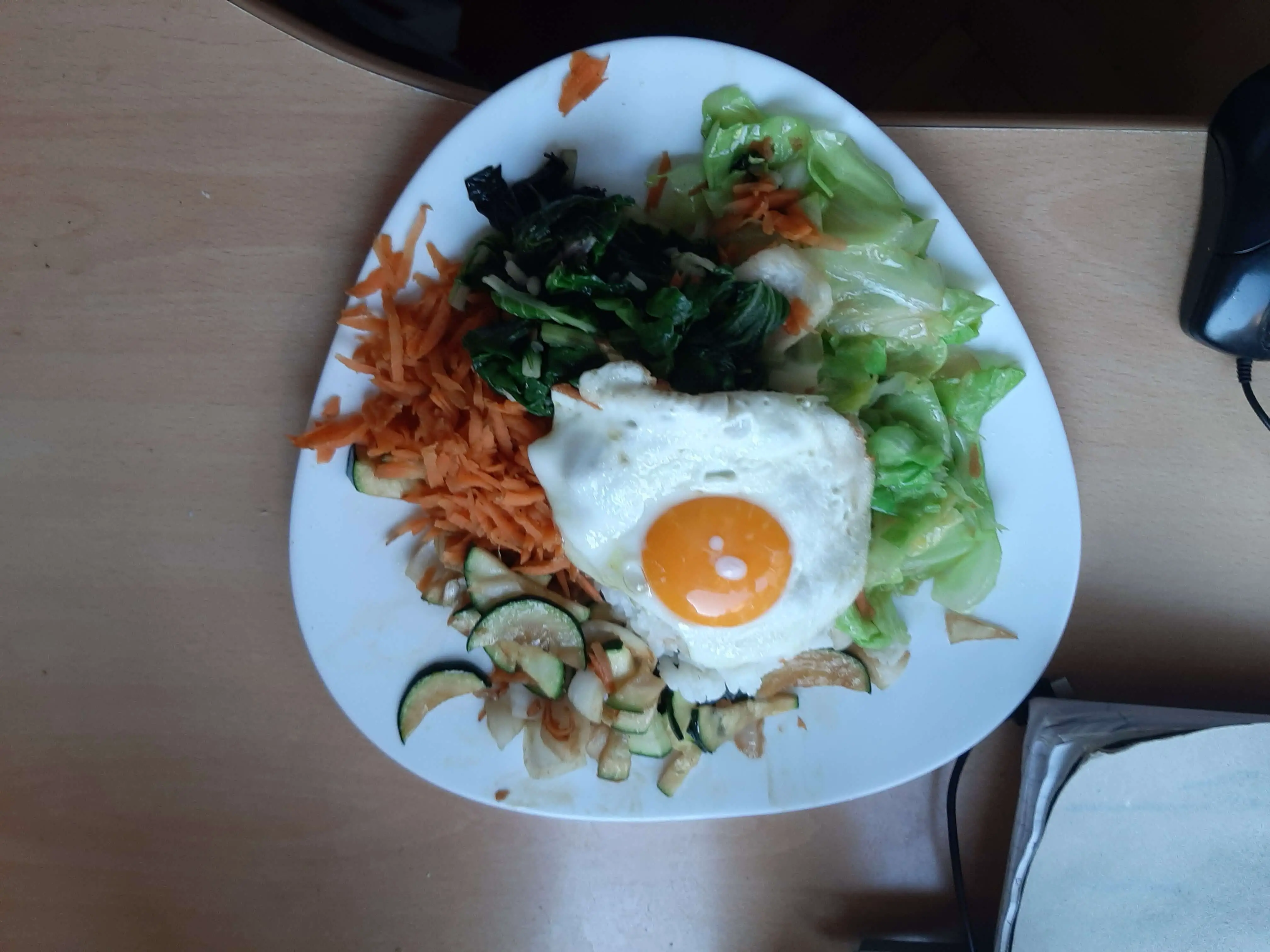
Secondly, I have used the extra time to indulge in my passion for writing, getting as far as a book proposal, rehashing it and now stuck in a mire of self-doubt. However, in the quest of furthering my, as yet, undiscovered literary skills, I embarked on and completed an inspirational course on screenwriting (www.futurelearn.com) and I am now trying to adapt my short story of an adventure in the Nicaraguan outback into a screenplay – I am currently stuck at the ‘beat sheet’ where I have to list the dramatic events in sequence, but I intend to do this after finishing this. Concentration is an ongoing problem. I have already paid for a 150-page feedback report from one of the educators on the course in September, so I am financially motivated. A positive side effect of this course was having to study various films, and screenplays – many of which I hadn’t seen, and which proved to be most enjoyable, some even uplifting and most importantly I learnt to download films. I have l already chosen the actors for my oncoming film debut – Olivia Coleman and Paul Mescal. And on a more modest level, I am writing articles like this again.
Thirdly, introspection on a grand scale. Perhaps too much, but so much time alone enforces reflection on friendships, love affairs, career, life achievements (or lack of them) the past is alive and kicking and tends to dominate the conscious, manifesting in vivid dreams. The present is in a kind of suspended animation, and the future uncertain to put it mildly. I have found the prevailing atmosphere pensive, verging on apprehensive as I perform my daily cycle along the river. Few return my cheerful ‘Dober Dan’, each lost in their inner world, although yesterday, there was a definite improvement and people in cafes and bars were smiling, almost laughing – until they saw the bill!
I have been alone, not necessarily lonely, but I have found the lack of freedom of choice difficult. It makes you re-evaluate friendships, at home and abroad, and hugely appreciate the small acts of kindness shown by some kindly, and often unexpected souls – a distanced bike ride or walk by the river, a basket of homegrown vegetables and the delivery of delicious home cooking. These small actions are cherished, never to be forgotten. No amount of Skype or WhatsApp airtime can replace the proximity of living beings, be it a dog or human. And most importantly being able to see the light in the eye, so lacking in remote conversation.
It's going to be strange meeting up with ‘friends’ who have not been in contact and trying to adjust to one’s new perception of friendship and life in general.
And last but definitely not least, I fear I am in great danger of falling prey to the ‘nocebo effect’. The ‘nocebo effect’ is the opposite of the placebo effect. In other words, while the placebo effect heals, the nocebo effect harms – both without any pharmaceutical grounds for healing or harming. Both effects prove the mysterious, but the undoubted mind-body relationship, which shows how the power of the mind has considerable power over the healing or the harming of the body. A fact that can be biochemically measured and proven quantitatively in terms of enzymes, hormones and cellular change.
In the case of this pandemic, we are all in danger of catching the nocebo effect, especially if we regularly follow the news on the now ‘deadly coronavirus’. It has mutated from nasty flu to a very nasty flu, and now it’s commonly described as lethal. Statistics abound, with no comparisons or context, with the sole objective of increasing fear and trepidation (and thus lowering the immune system). After a rather acrimonious discussion with a medical friend, who himself, is medically compromised, he succeeded in not only in making me feel selfish for my desire to earn my living again (as I am sole earner), and my need to commune with living beings, other than the untalkative ducks and swans whom I see daily. And worst of all, he infected me with his very real fear of death by corona. The outcome of this discussion was that he (inadvertently) made me drink two glasses more than my self-regulated two glasses of Slovenian vino and chain smoke ten cigarettes in two hours while reading the doom-laden articles he sent me to substantiate his argument. So yesterday morning, after fearful dreams of open coffins floating down the Ljubljanica I woke with a headache (slight hangover), coughing a bit (after my unaccustomed cigarette intake), combined with an overwhelming feeling of dread. And started rewriting my will.
Only the thrill of speaking to my favourite author, Dervla Murphy, and listening to her calm wisdom across the airwaves, was I in the mood to leave my will unfinished and to cycle across the city to my friend in Bežigrad. Ljubljana was Like a scene from Sleeping Beauty, I joyfully observed the mass of happy faces in the awakening city and the atmosphere changing from pensive to peaceful.
There seems to be the saplings of hope appearing, but beware all ye who abandon hope – you may fall prey to the incredibly infectious nocebo effect. Just remember the end is nigh!
Part 1: Going Through the Coronavirus Grief Cycle in Slovenia
Part 2: Are We All in the Same Boat? Lockdown in Slovenia & Around the World
You can find out more about Carol Jardine at her website, SpeakEasy English. All our stories on coronavirus and Slovenia are here
STA, 7 May 2020 - A 56-year-old man strolling in the woods near Škofljica, just south of Ljubljana, stumbled upon a bear, who attacked him, media have reported. The man reportedly surprised the animal and used his hands and a walking stick to defend himself, the Forests Institute told the STA. Police say the man's injuries are not life-threatening.
The man was strolling in the woods between the villages of Klada and Želimlje on Tuesday evening when he stumbled upon the bear.
According to the Forests Institute, the man did nothing to provoke the attack but he obviously came too close to the animal.
The 56-year-old returned home in shock and with multiple wounds on the upper part of his body. His family immediately took him to the hospital, where it was determined that he had only sustained light injuries and had no bite wounds.
The site of the incident was thoroughly checked and is still being monitored by the local hunting association. Police too are investigating the incident.
If the bear continues to come close to humans, showing no fear, the association said it would ask the Environment Agency for permission to shoot the animal.
A bear attack happened in the same area last June. Back then an 80-year old woman was the victim of a female bear, which was not killed after the incident.
On average, two bear attacks on humans are recorded in Slovenia every year. People do not encounter the beast frequently, as bears usually avoid contact with humans.
Encounters are the most frequent in the spring, when bears emerge from their dens after winter sleep and more people are out in the woods, as well as in the summer and autumn when people pick forest fruit and mushrooms.
Bears usually cause light injuries to humans, such as scratches and bites. Fatal injuries are rare. In Slovenia, three such cases have been recorded so far, the last one in 1987.
STA, 4 May 2020 - Quarantine restrictions will be eased further on Monday as stores under 400m2 reopen along with bar terraces, hair salons and beauty parlours. People will again be able to visit museums, libraries as of this week, and go to church. Moreover, professional athletes will be allowed to train again.
Despite the easing of restrictions, safety measures will still apply. In case of bars and restaurants, this means that tables will have to be arranged in a way to allow customers to keep one-metre distance. Guests will also have to wear masks or other protection to go to the toilet or enter any other closed rooms.
Owners will have to regularly disinfect and air their premises.
Some bar owners, especially on the coast, have decided not to reopen yet because they are dependant mostly on foreign guests, so opening their door in the current situation would mean they would be making a loss.
Stores under 400m2 will reopen, except for those in shopping malls which do not have their own entrance.
Hair and massage salons, and beauty parlours will welcome one customer at a time, and the customers will have to wear a face mask. Those working in the salons and beauty parlours will have to wear a face mask, visor and gloves.
In churches, believers will also have to wear protective masks or other protection and keep a 1.5-metre distance if they do not live in the same household.
The services of making or repairing textile products, footwear and leather products will also be available again, along with key cutting, photography, watchmaking and photocopying services. Seamstresses and jewellers will also open their door again.
Top athletes competing in individual and team sports will be allowed to train again but only individually.
Also opening this week are museums, libraries and galleries, which received the government's permission to reopen before the May Day holidays but said they need more time to prepare for the reopening.
General libraries will reopen today, while most galleries and museums will open their door again on Tuesday. Some bookshops are already open.
This is the latest round of easing of restrictions for businesses since 19 April, when takeaway restaurants, DIY stores, car showrooms, car washes, stores selling bicycles, technical goods and furniture stores, dry cleaners, some repair shops, and insurance agents started working again.
The government imposed a temporary ban on most retail establishments in mid-March.
All our stories on covid-19 and Slovenia are here
STA, 4 May 2020 - None of the 616 persons tested for coronavirus on Sunday was positive in what was the second consecutive day with no new confirmed infections in Slovenia. The number of all confirmed cases so far thus remains at 1,439. One more patient died of Covid-19, putting the total number of deaths at 97, government data show.
So far, 56,136 tests have been conducted in Slovenia and this Saturday was the first day since 4 March with no new infections.
The first coronavirus infection was confirmed in Slovenia on 4 March.
On Sunday, 58 Covid-19 patients were hospitalised, including 20 in intensive care. Three persons were released from hospital yesterday.
Today is the 1 May national holiday for Labour Day, which as - as you might imagine - quite a big deal in Yugslavia. Yo ucan get some idea of this in the fascinating pictures of the Labour Day Parade in Ljubljana, 1961, going along today's Slovenska cesta, and taken by Jože Gal.
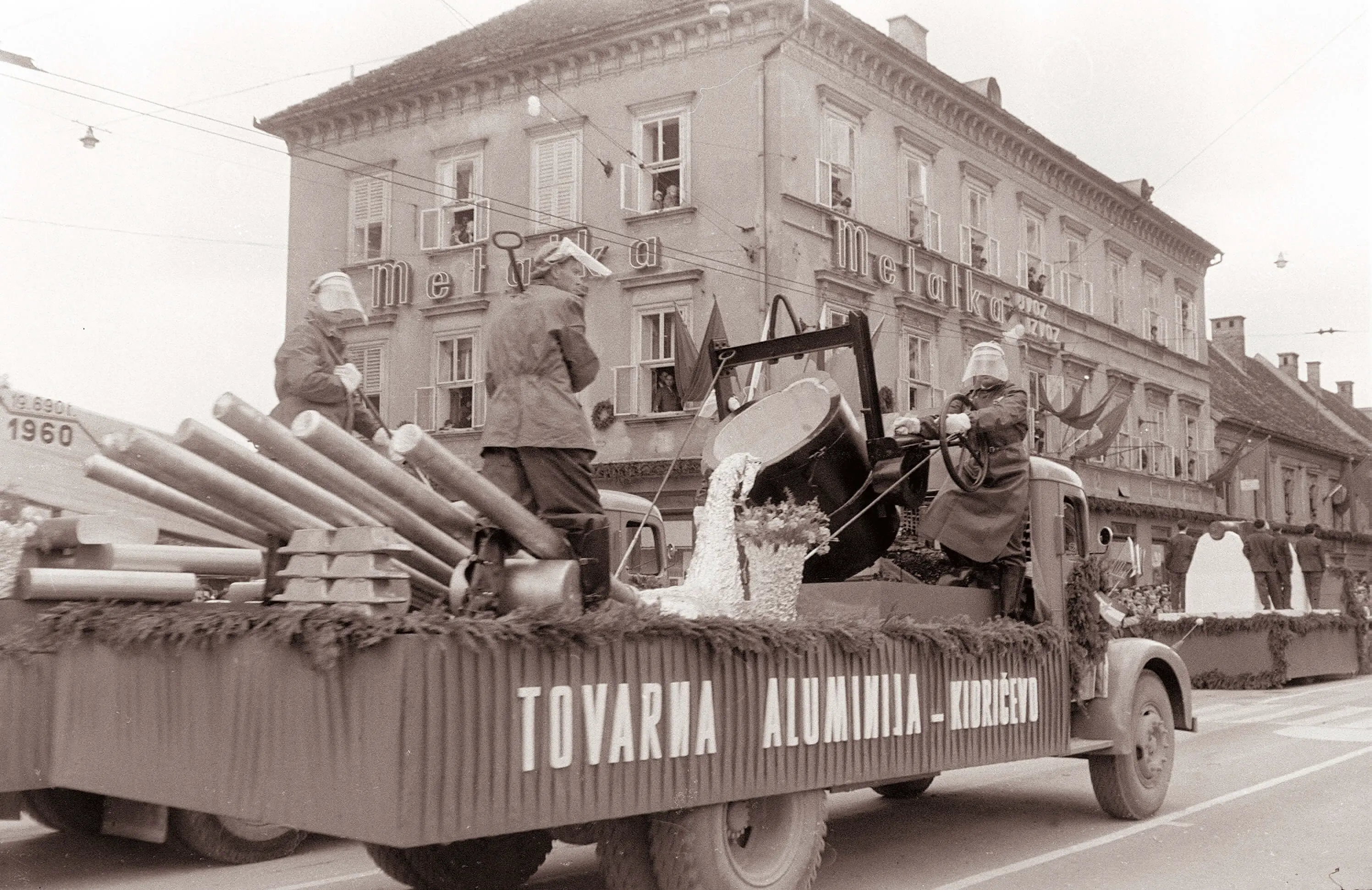
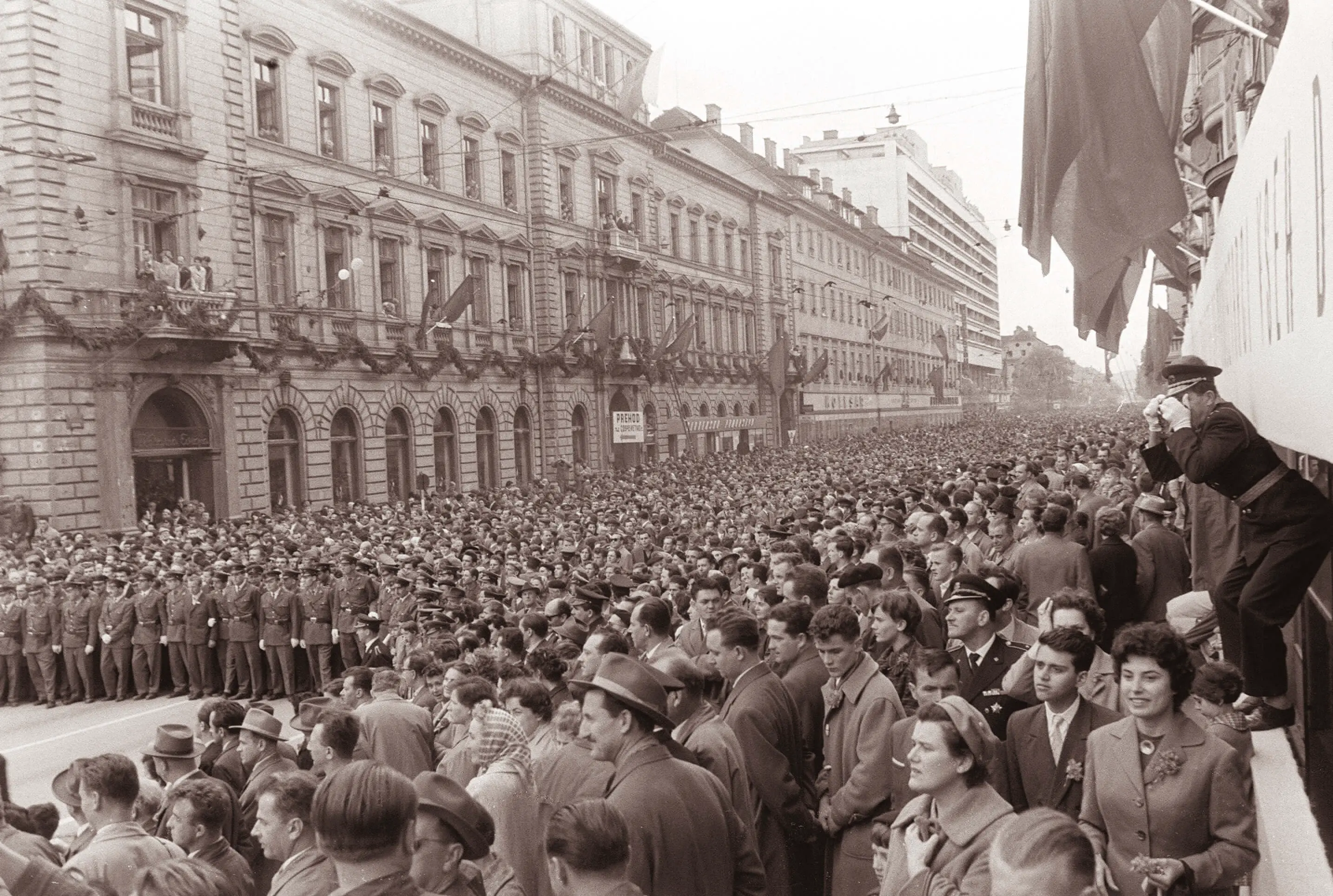
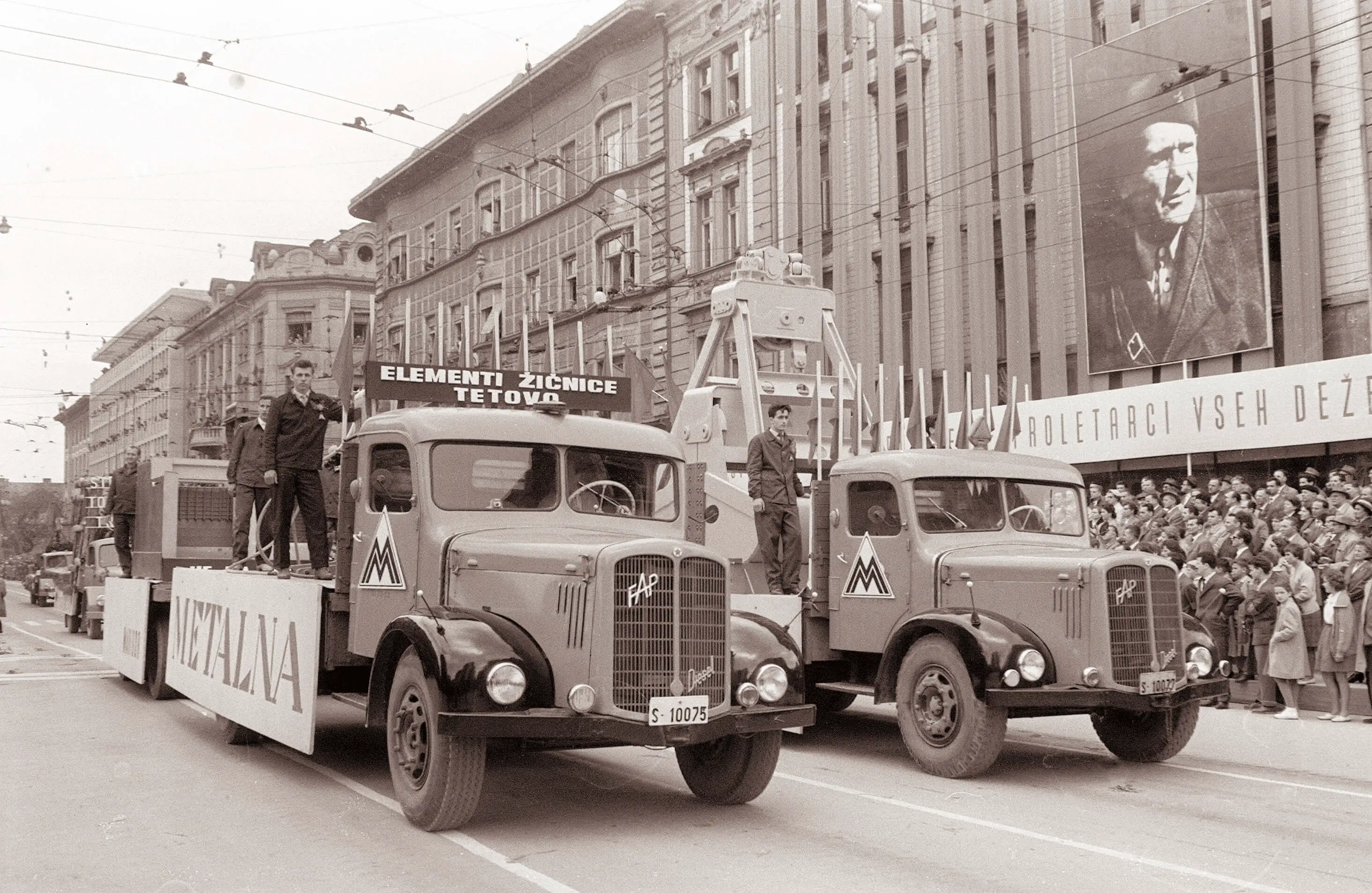
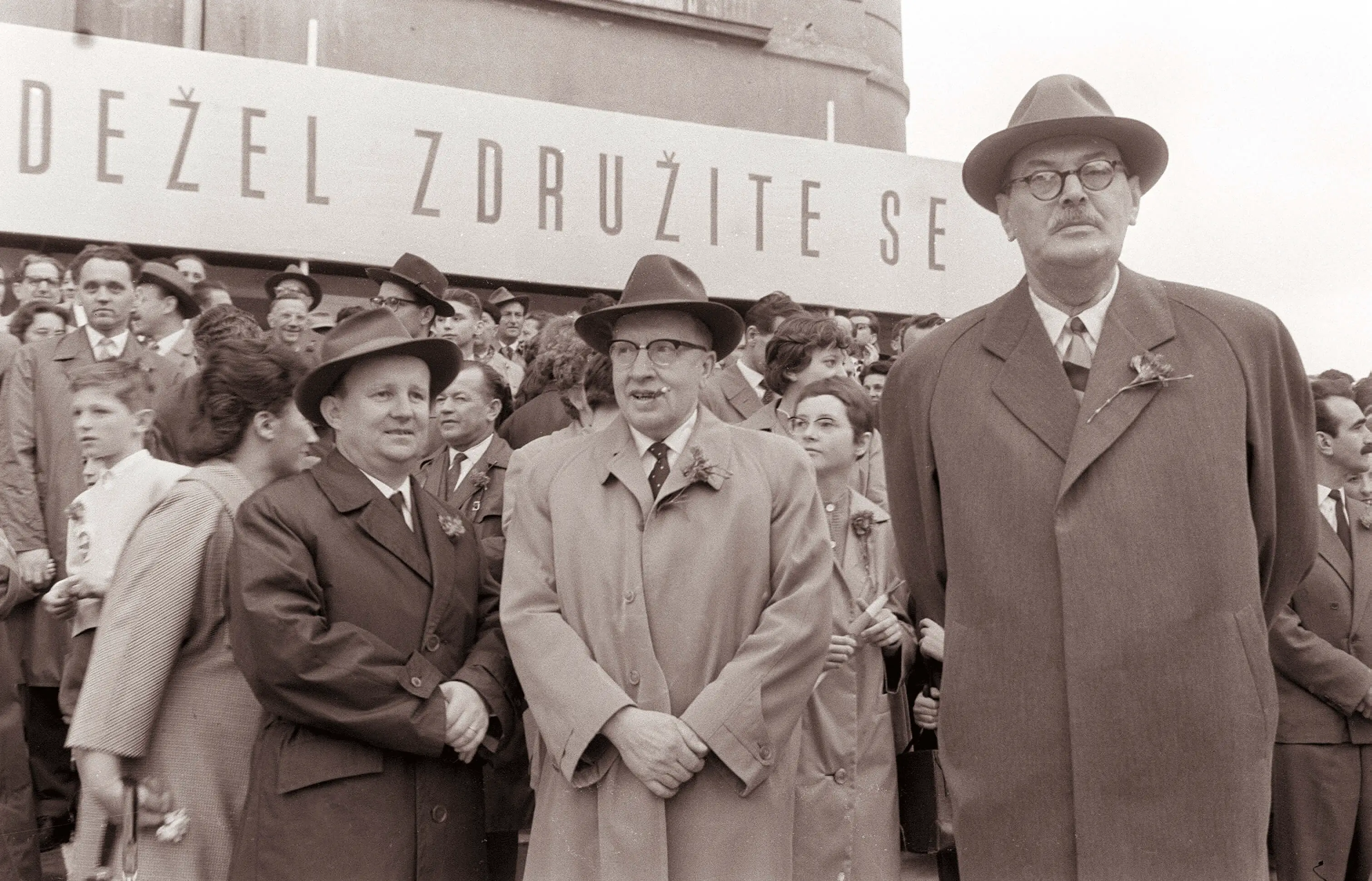
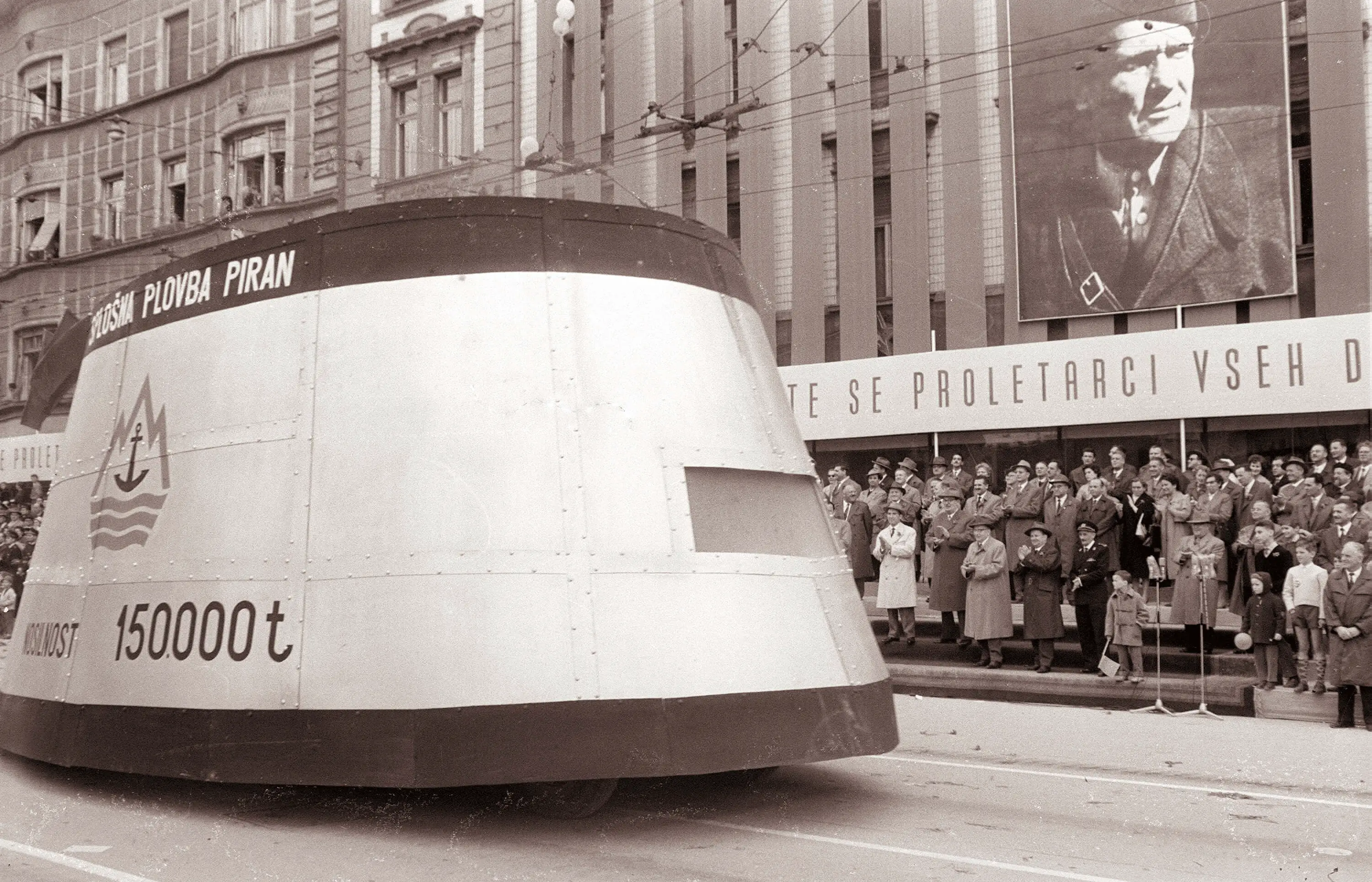
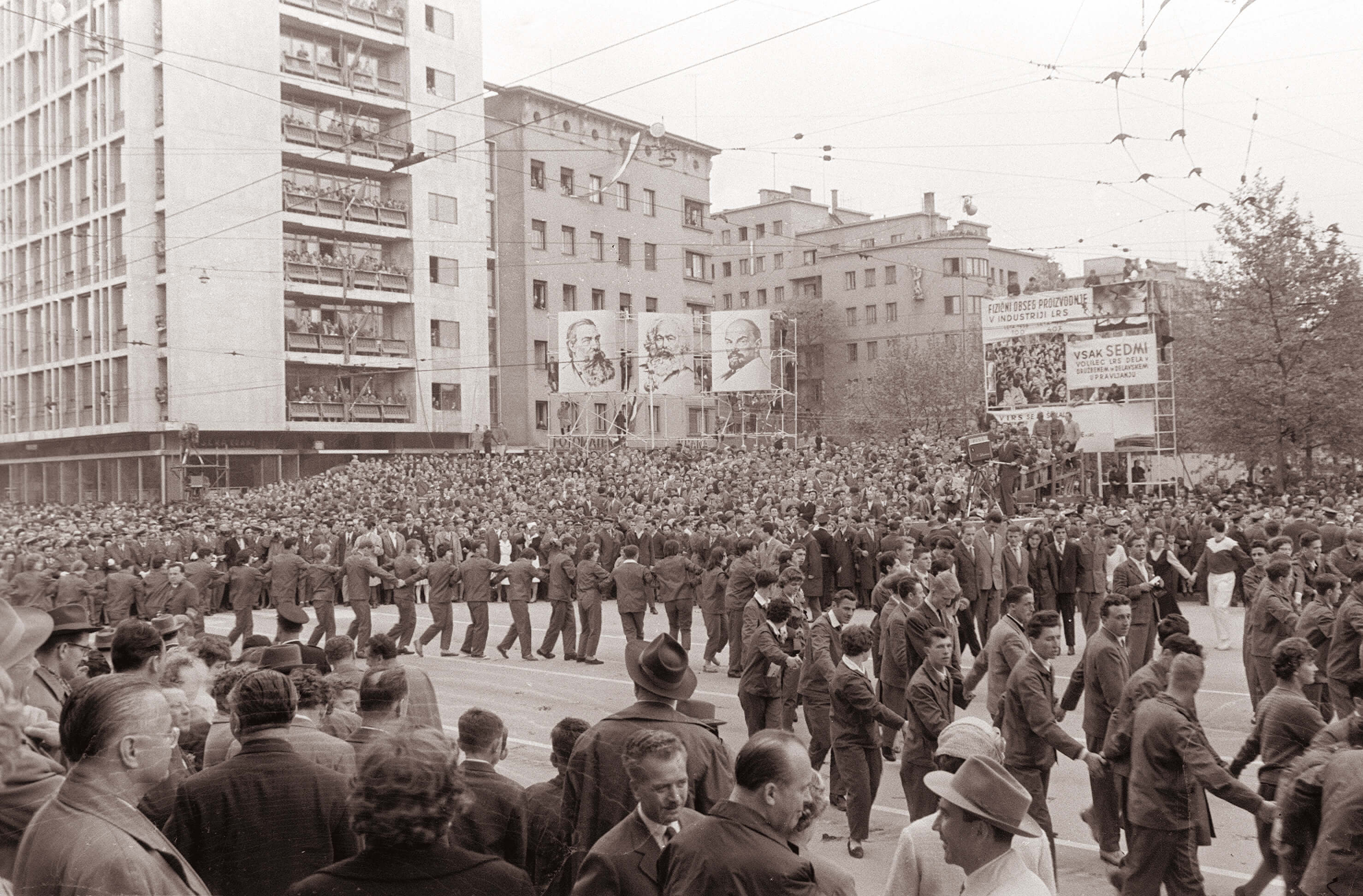
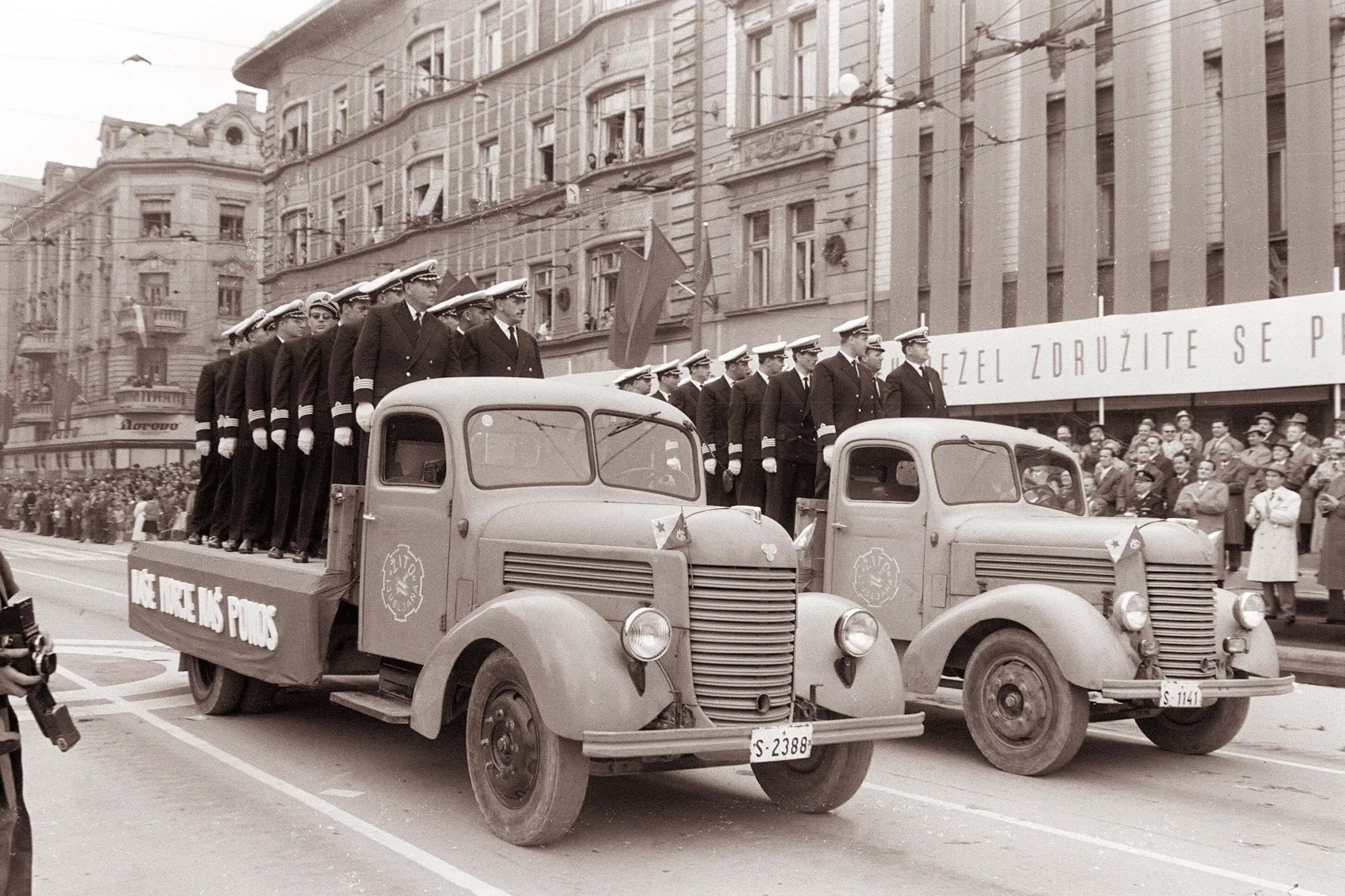
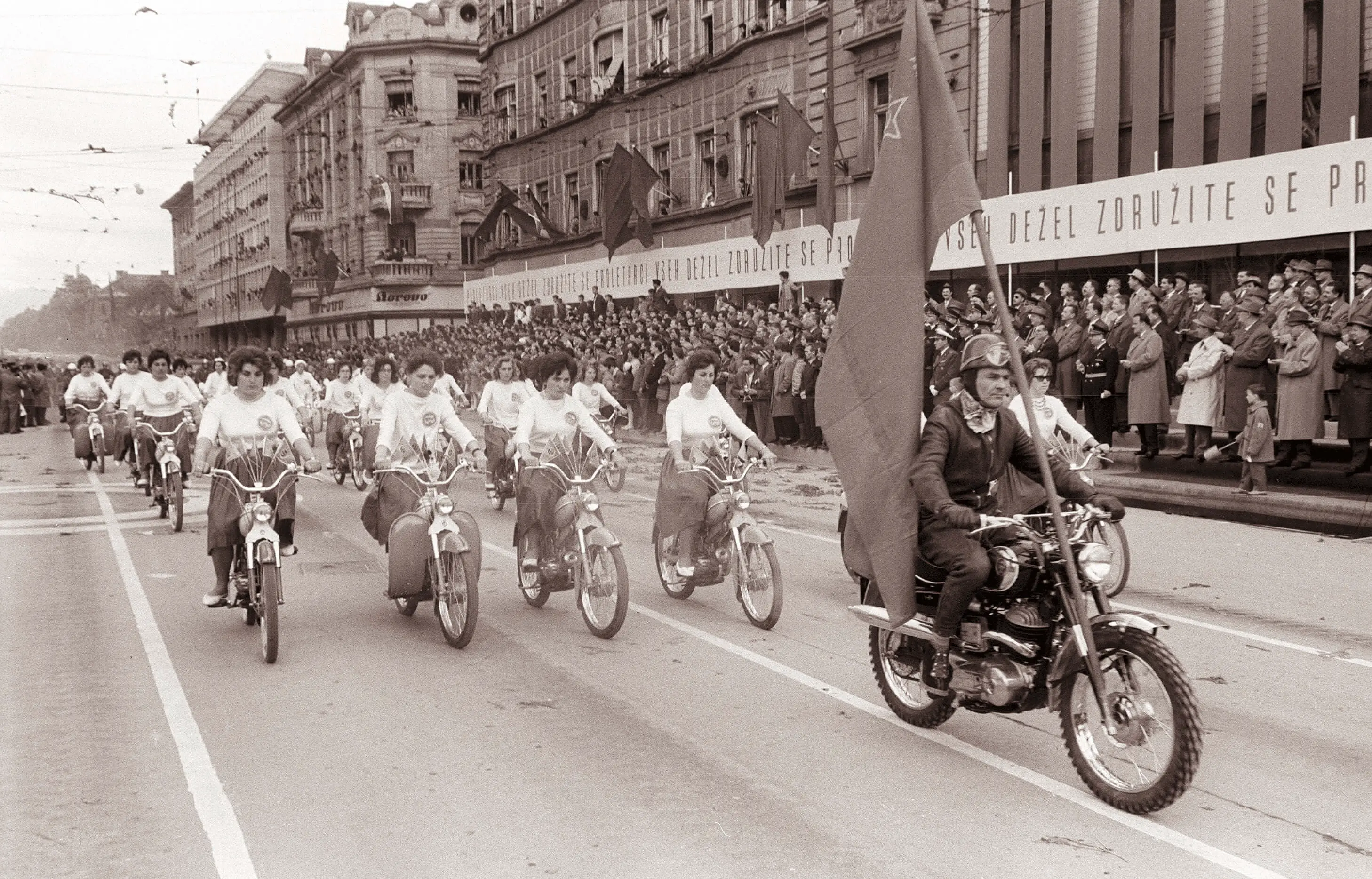
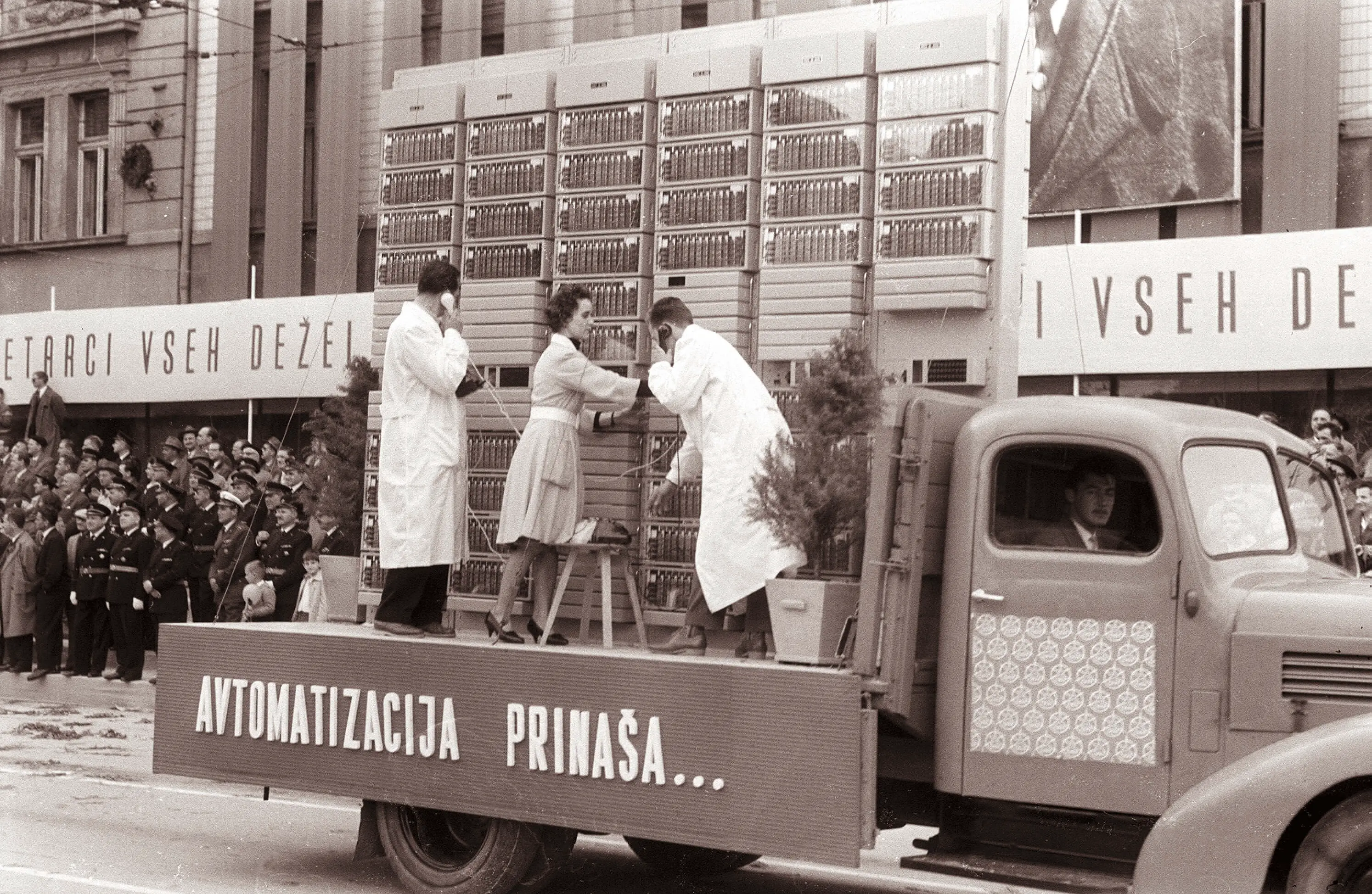
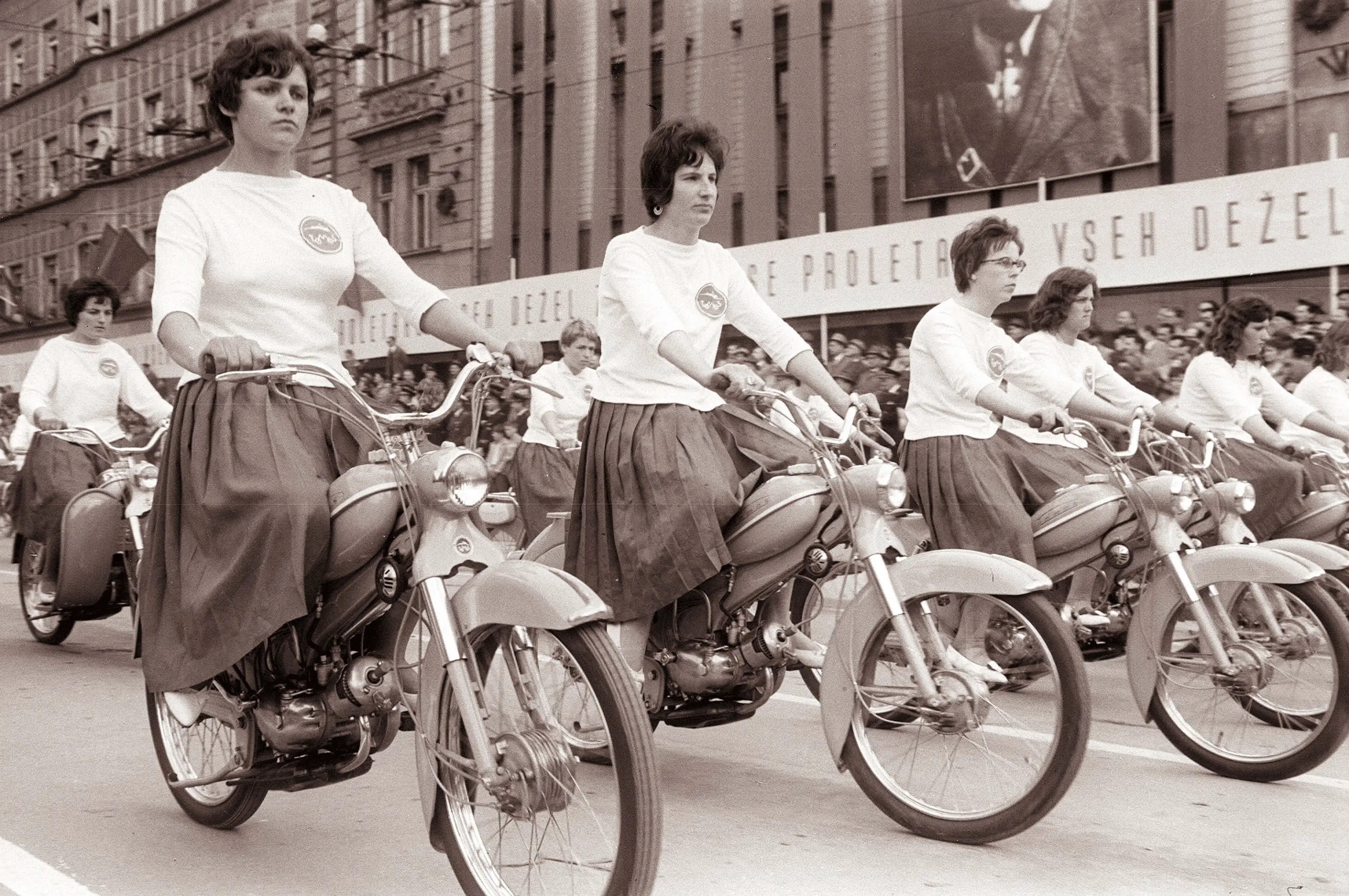
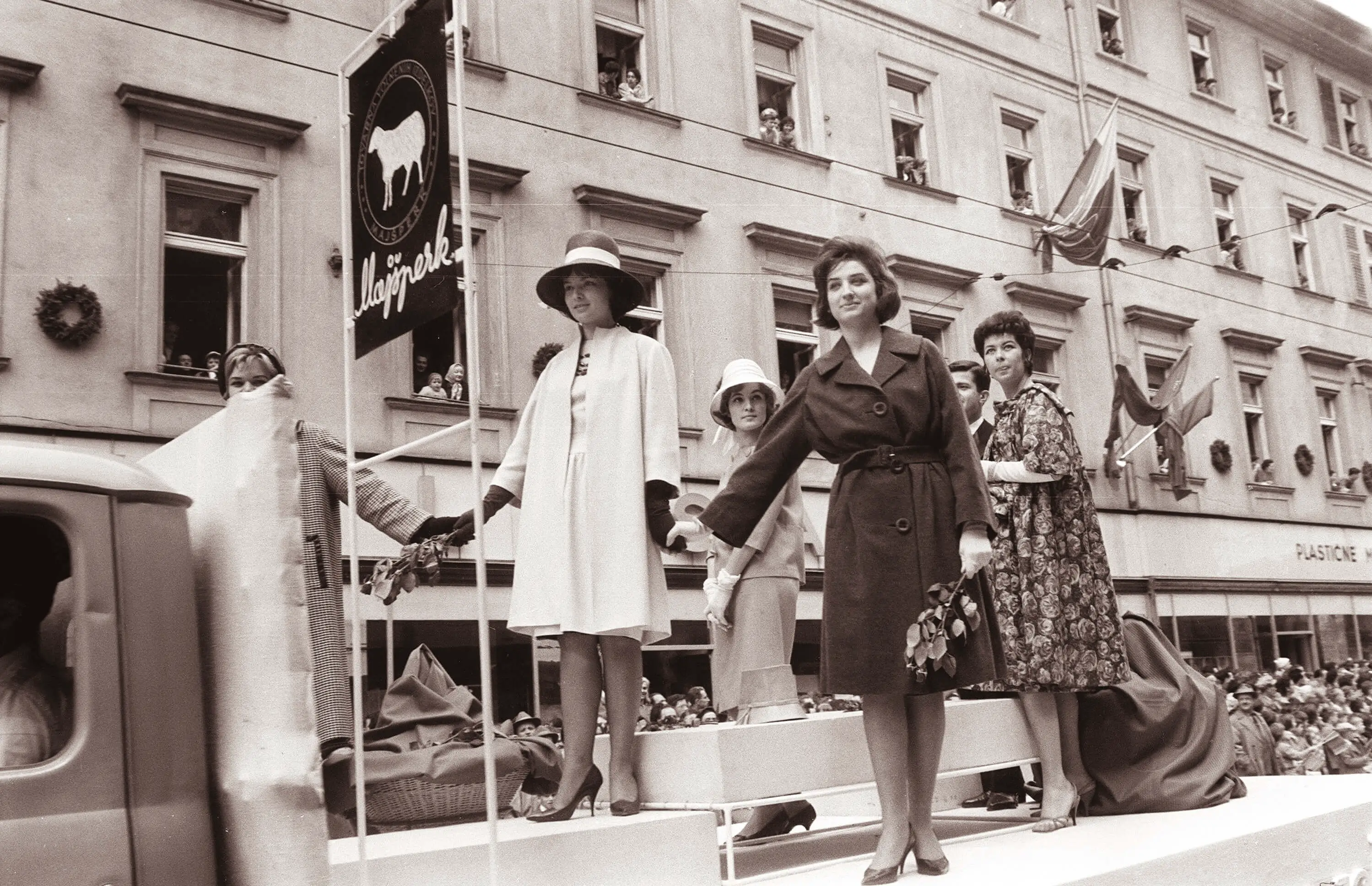
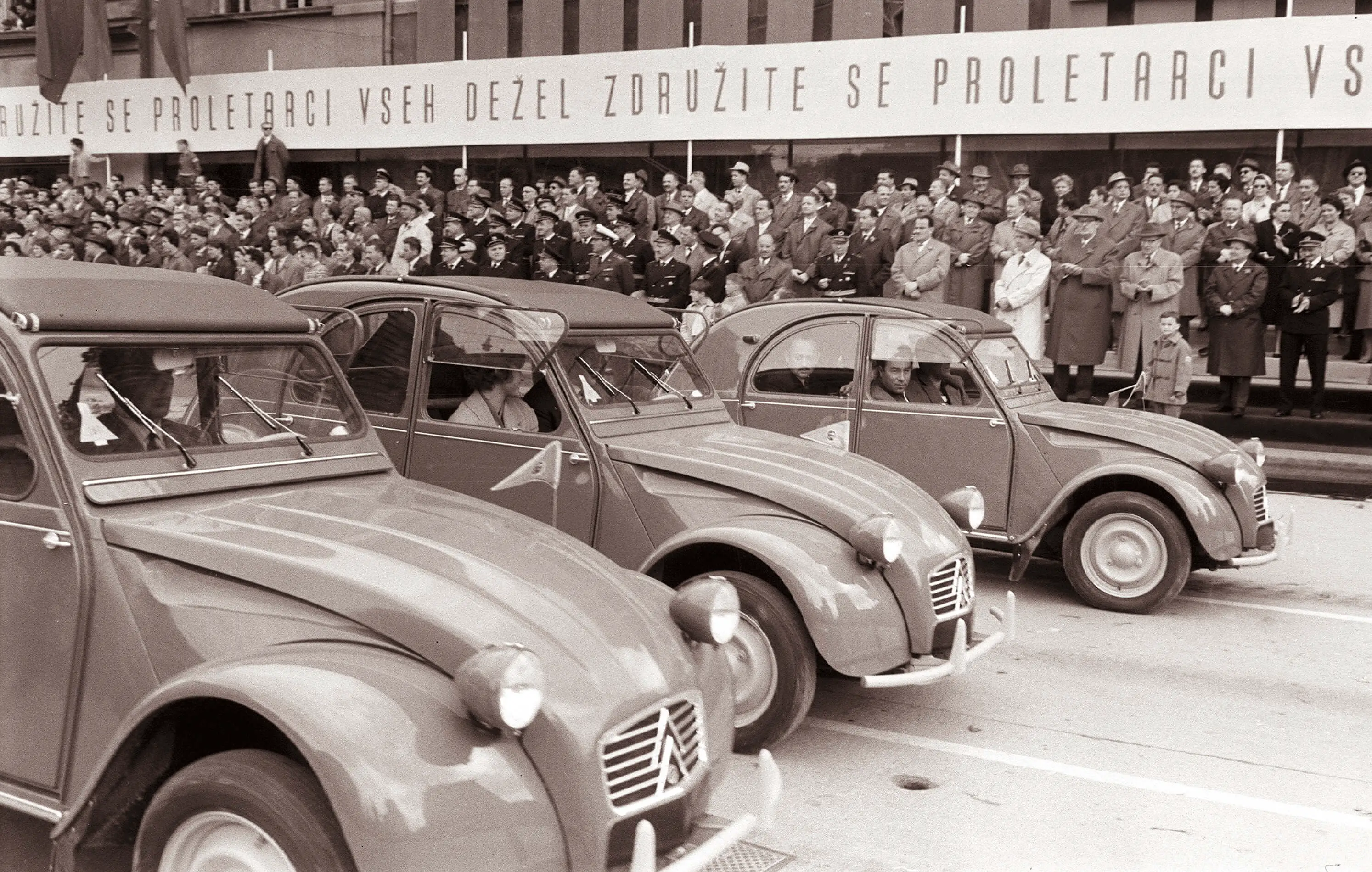
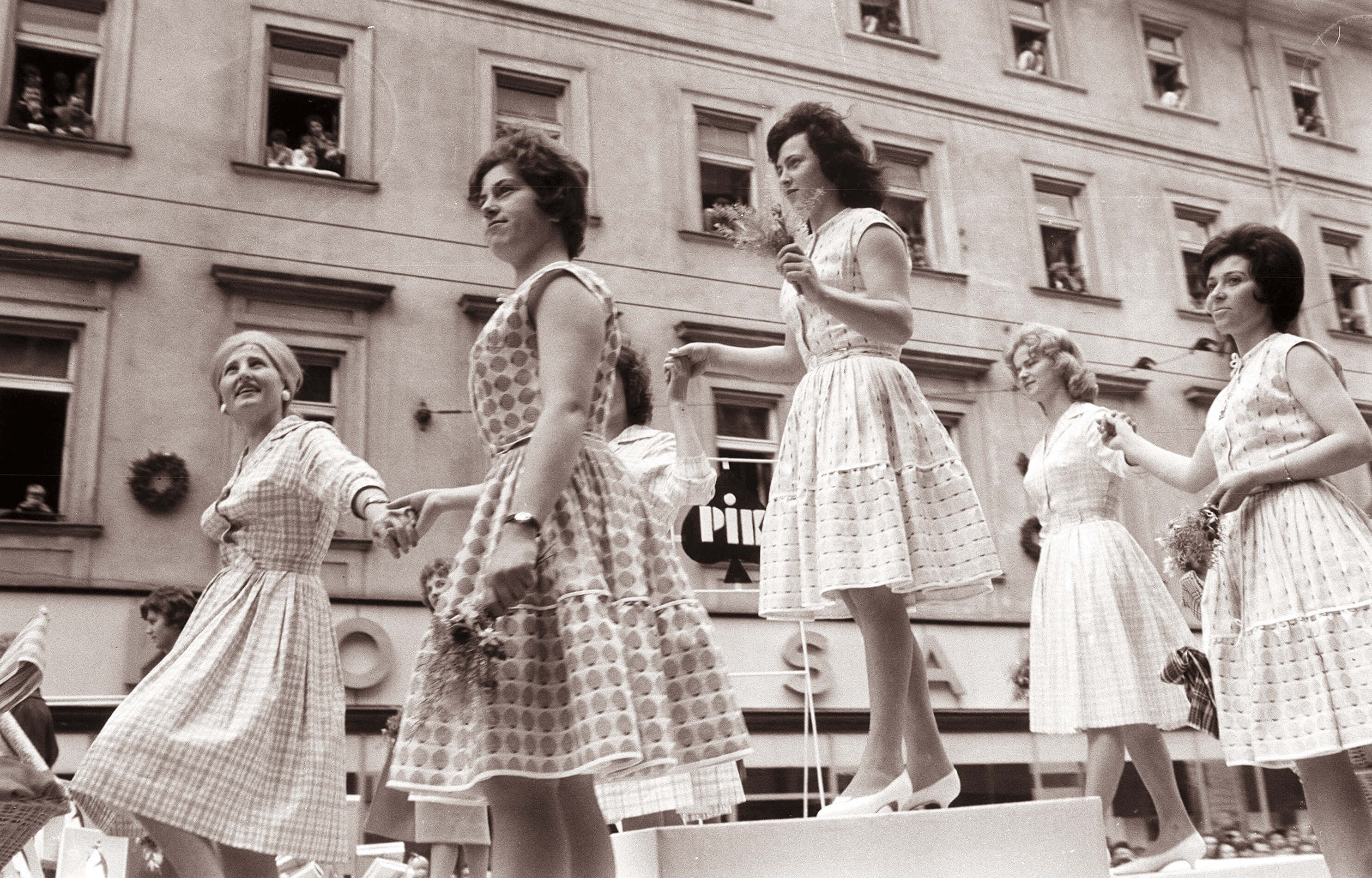
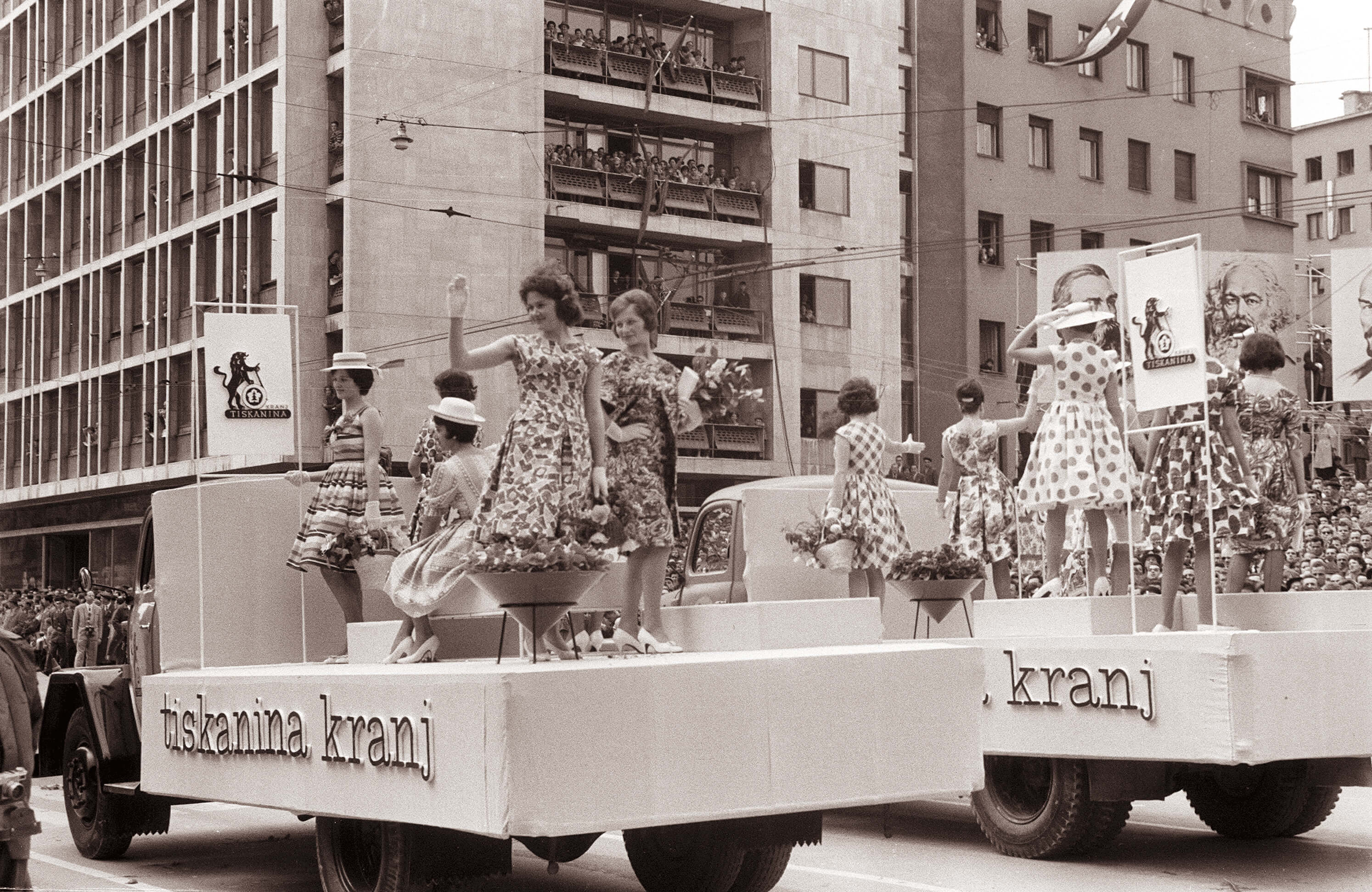
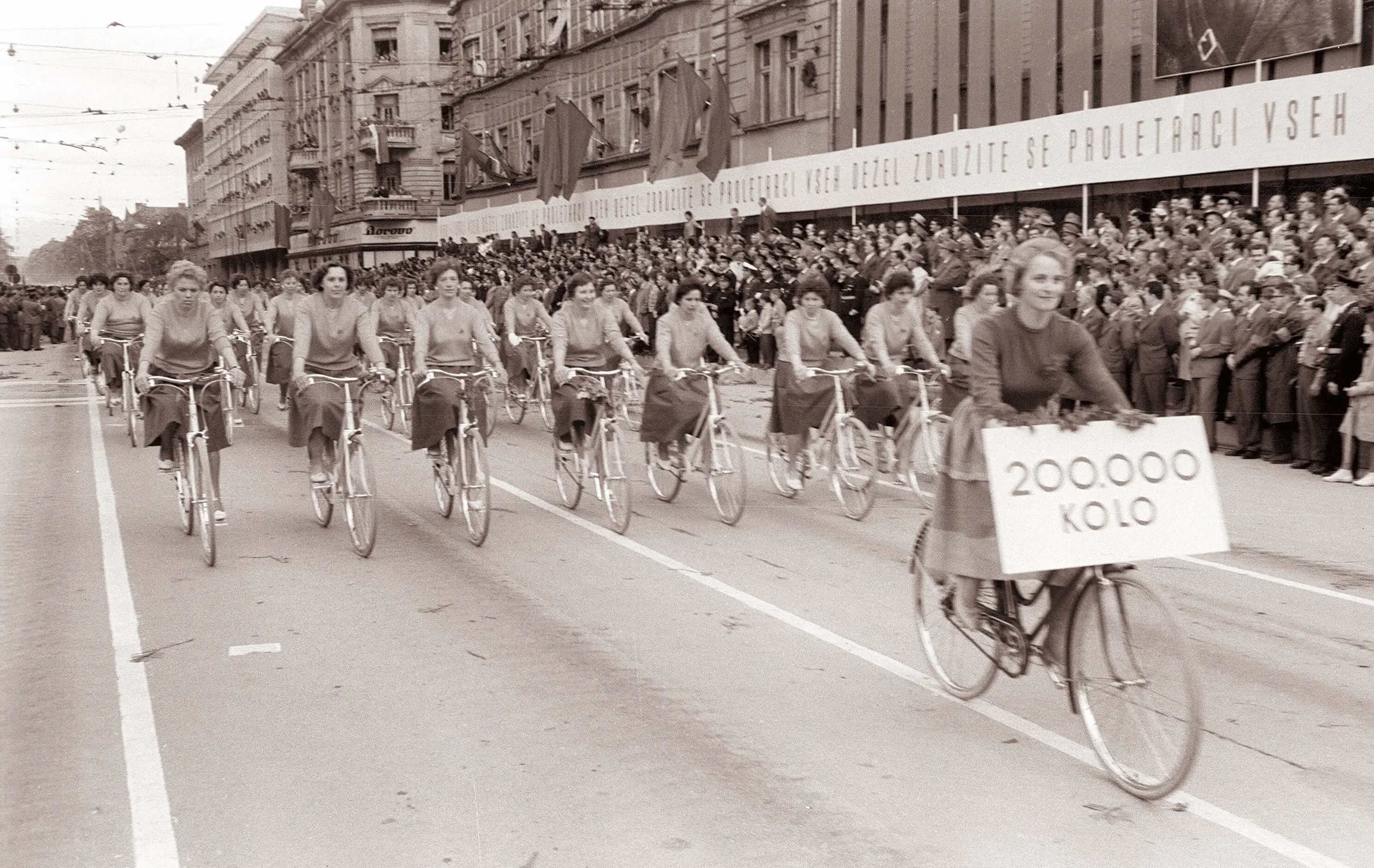
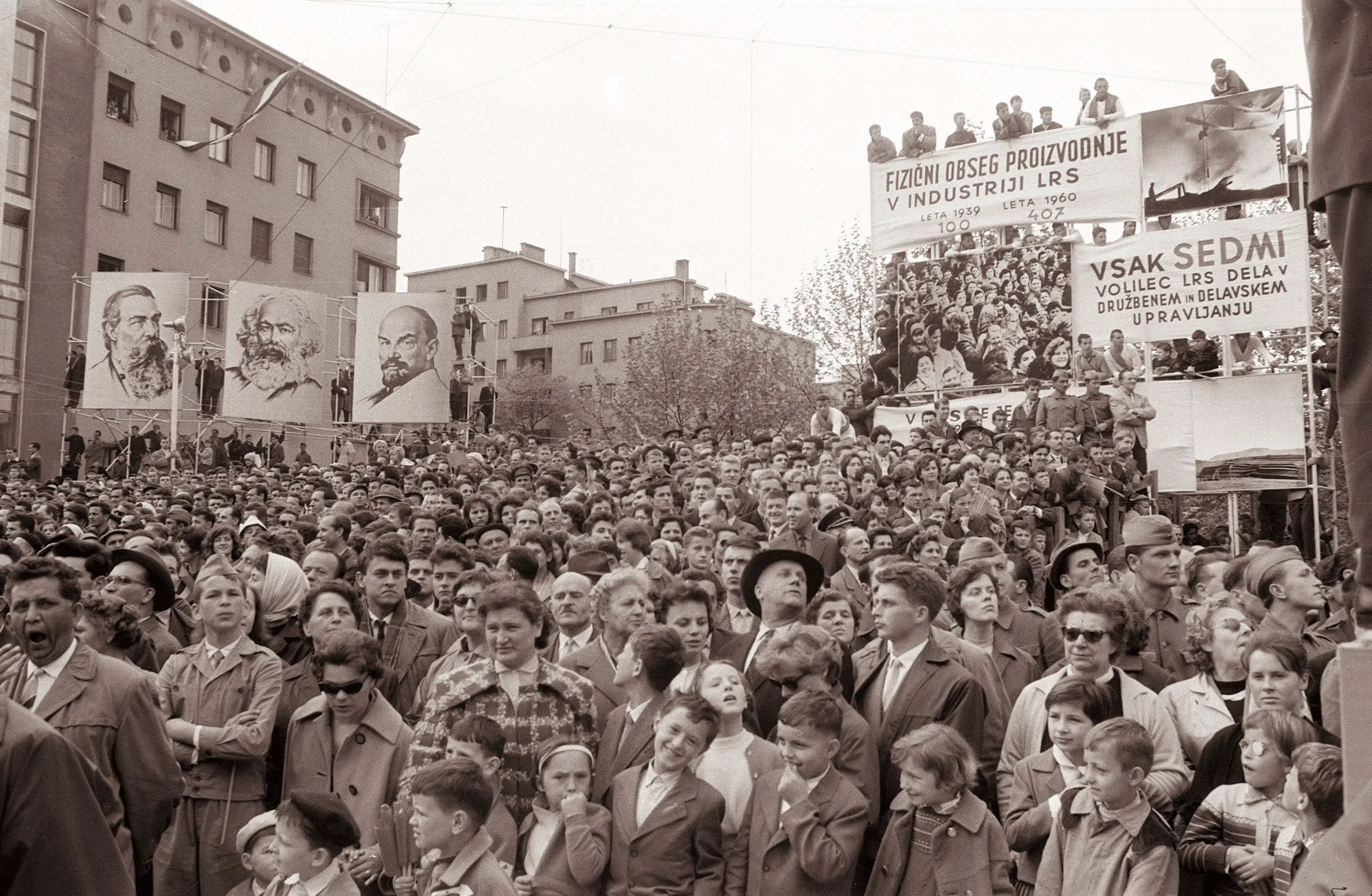
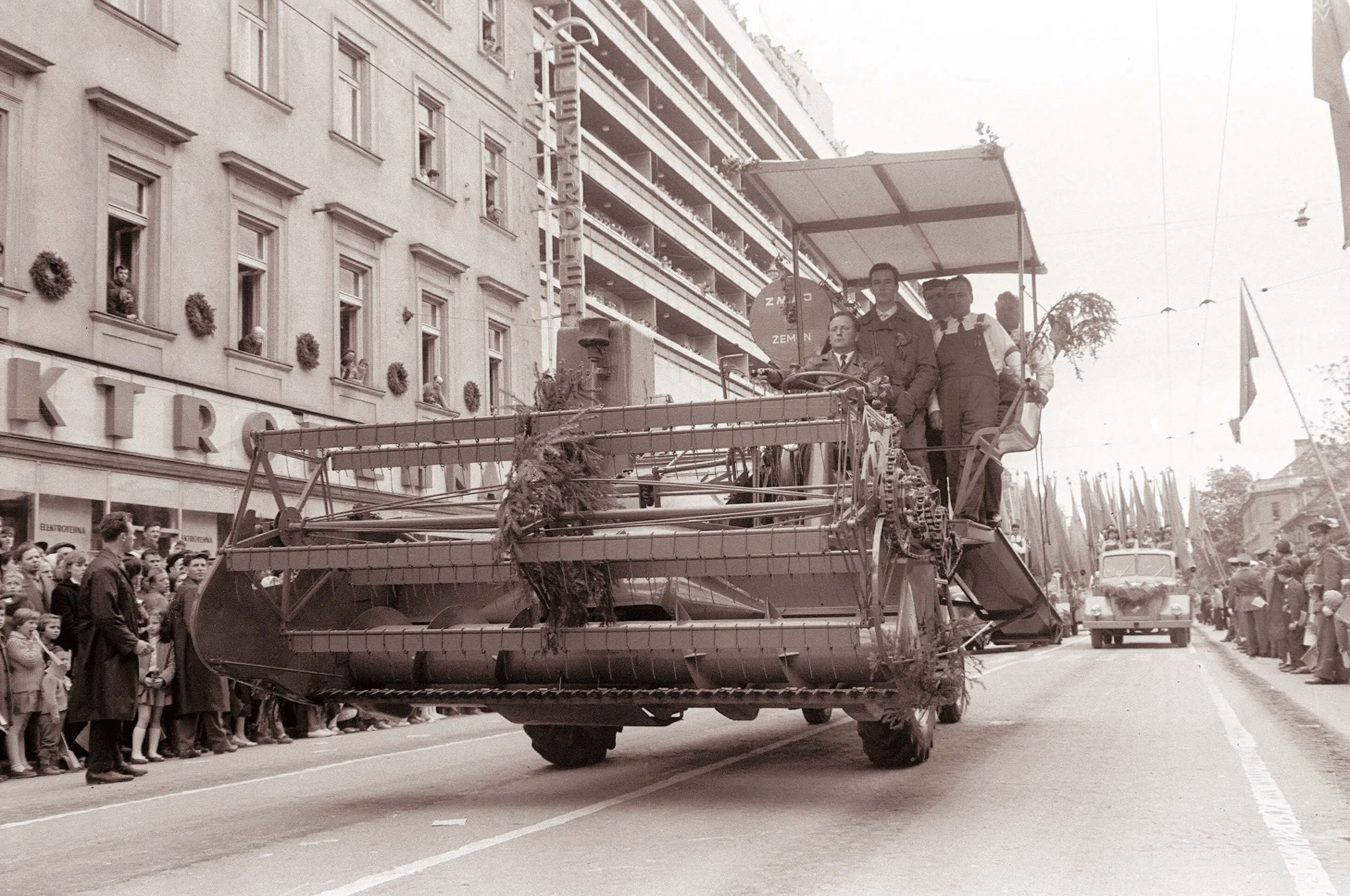
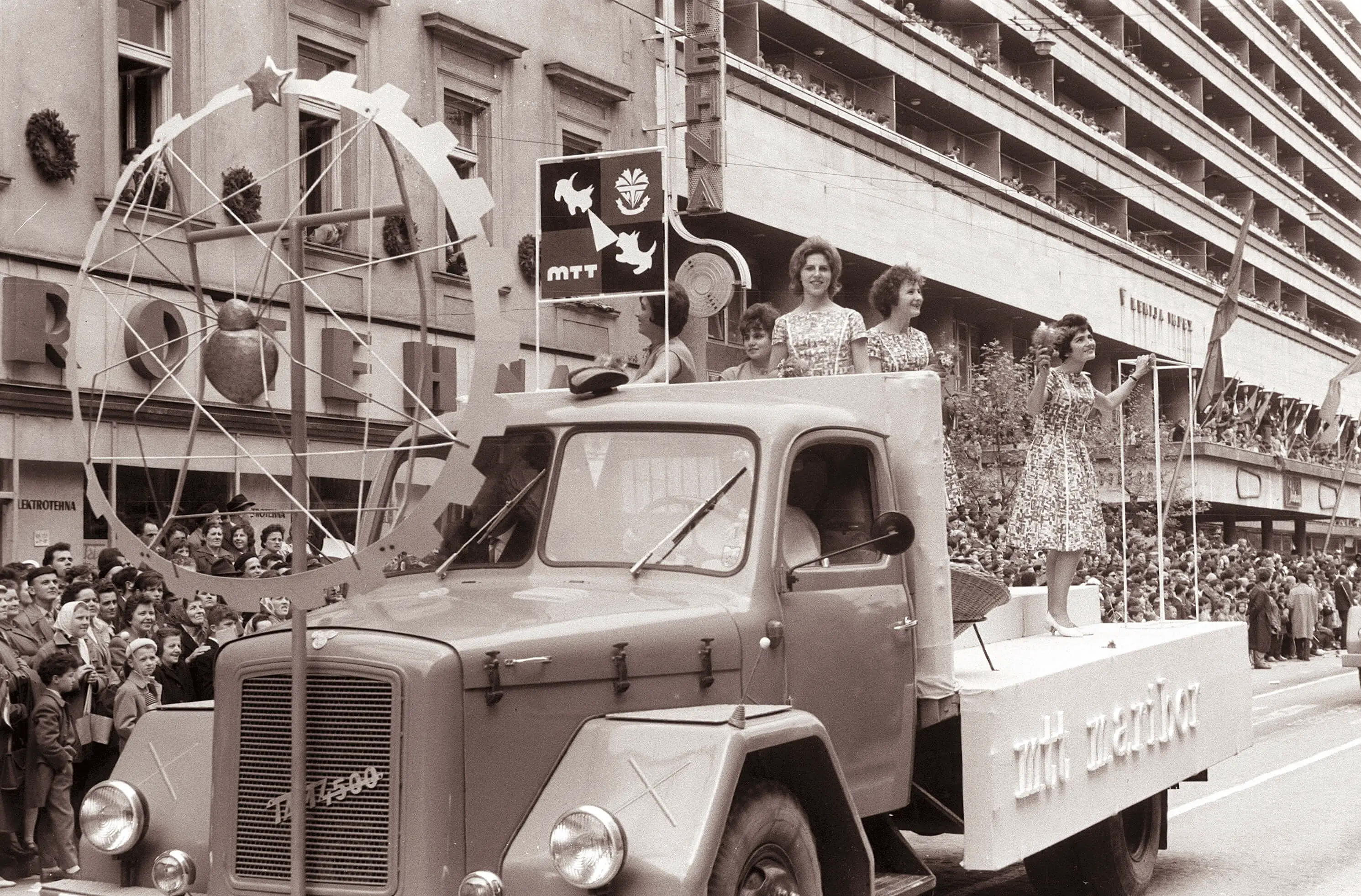
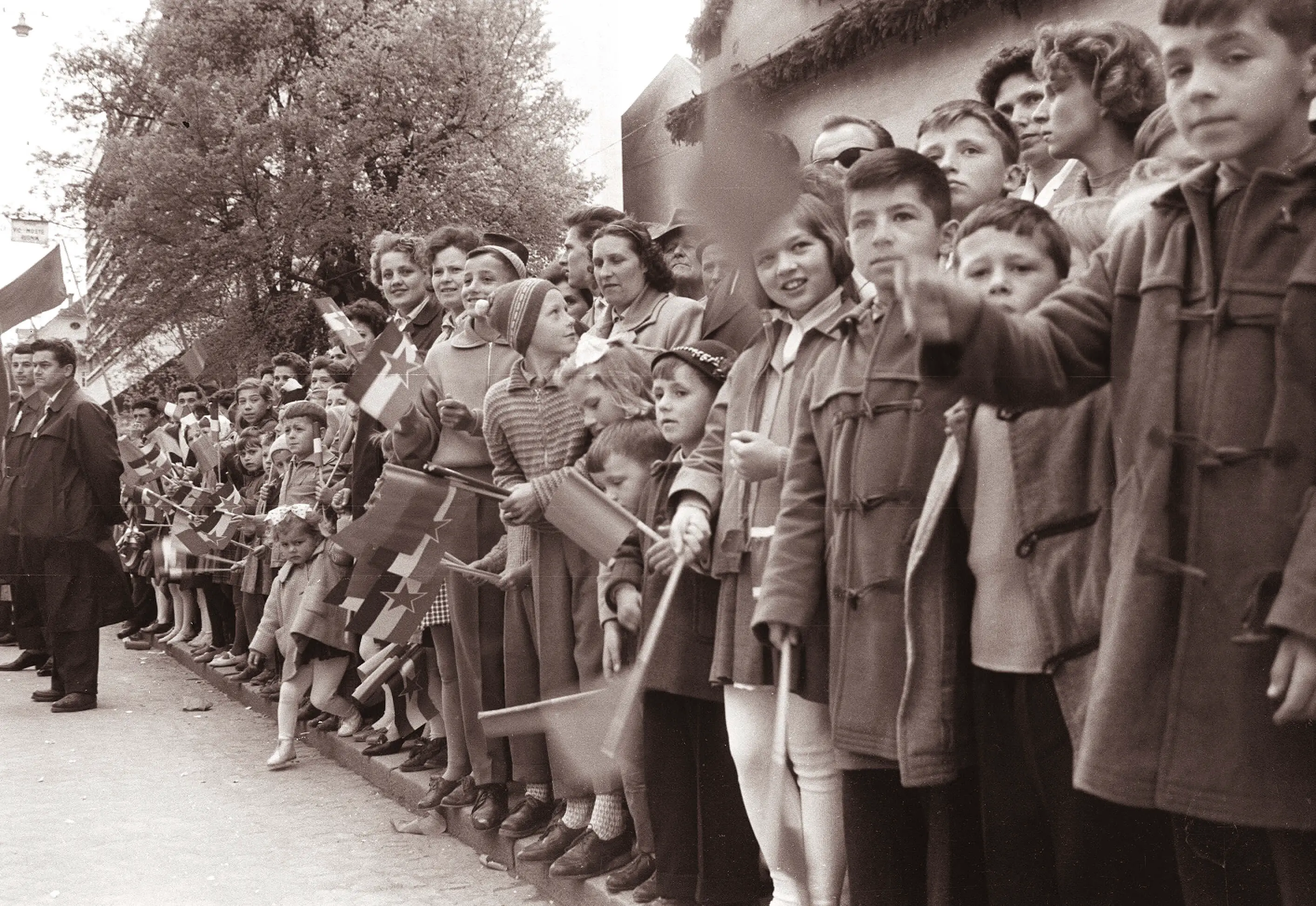
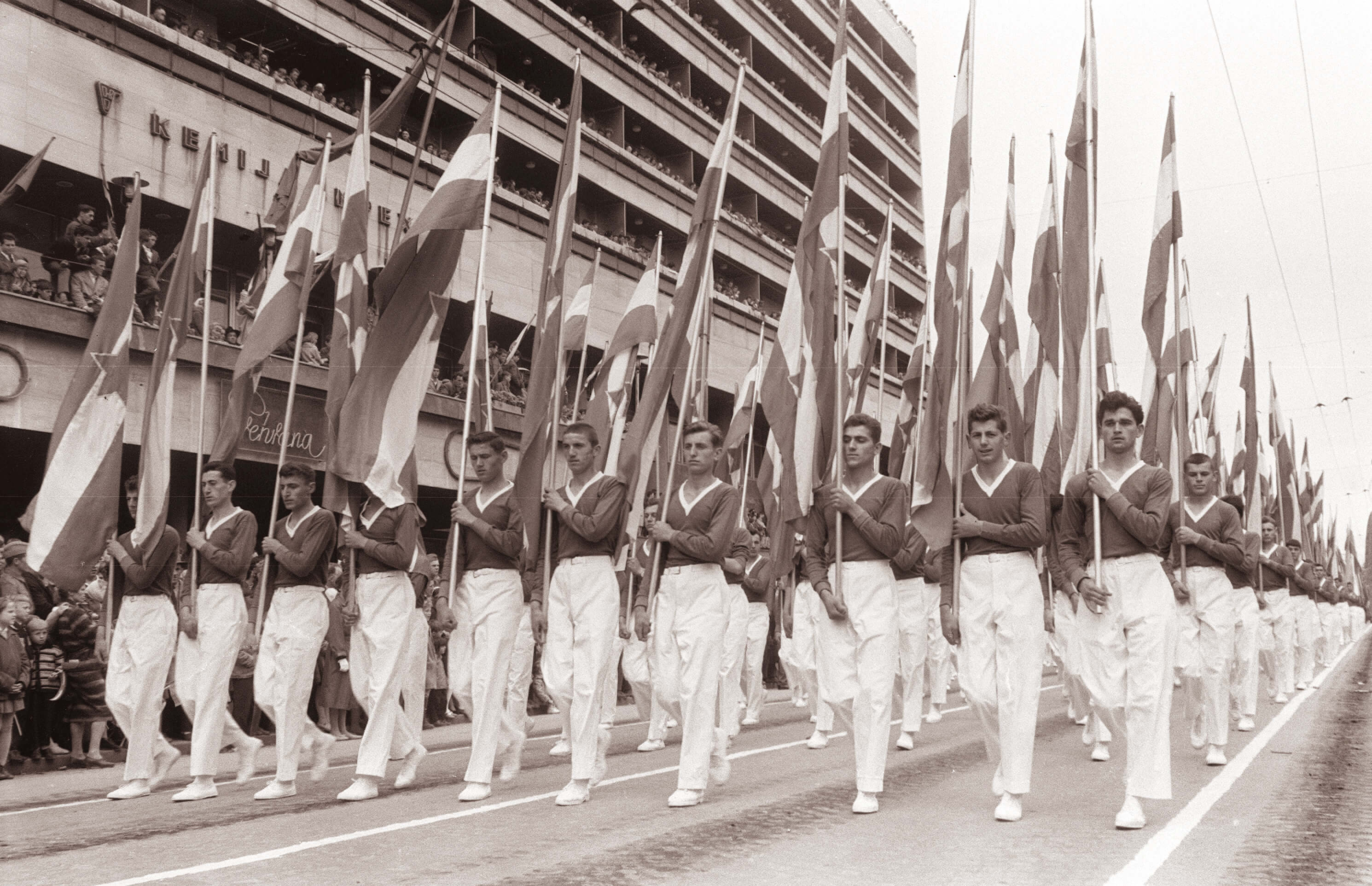
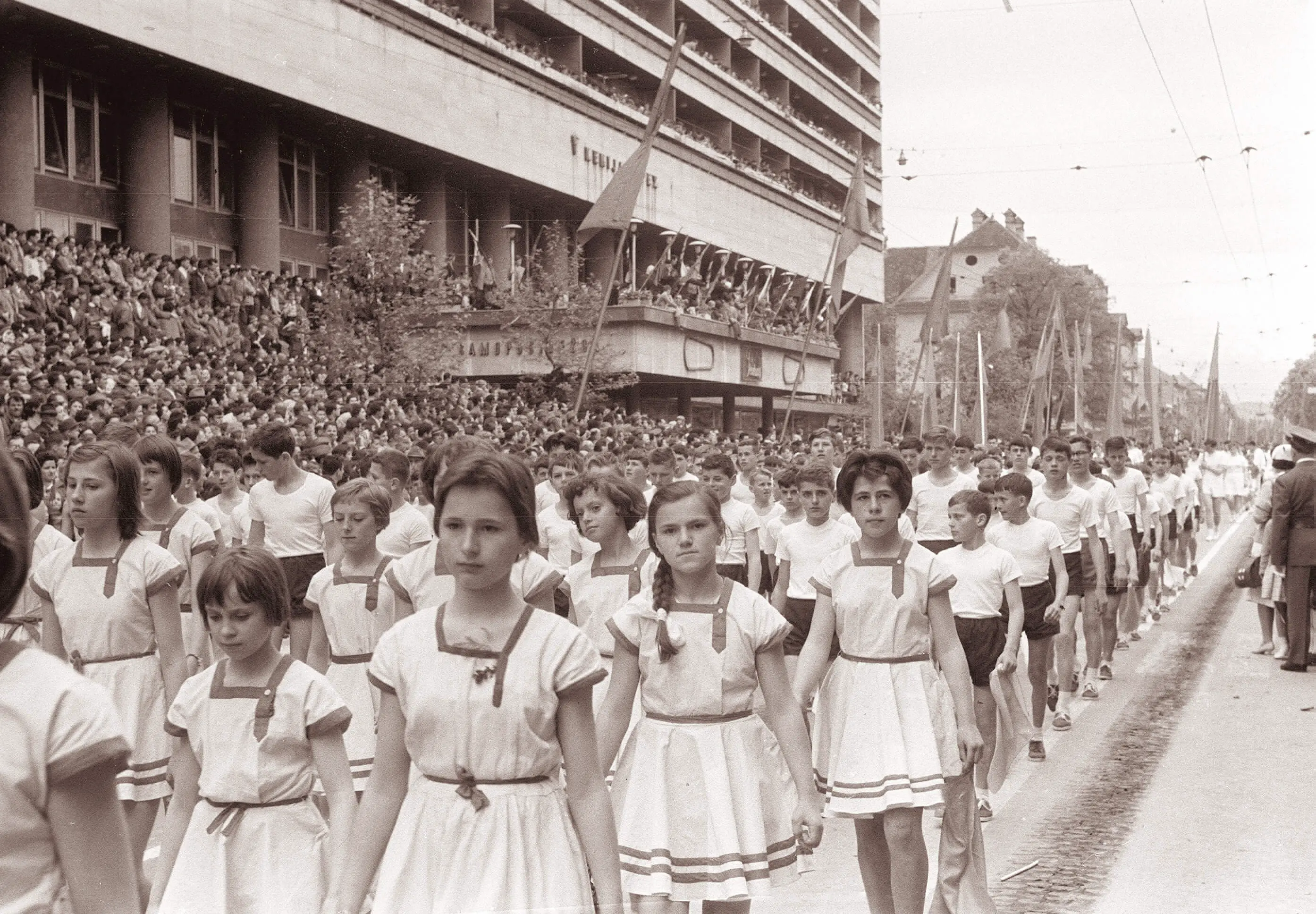
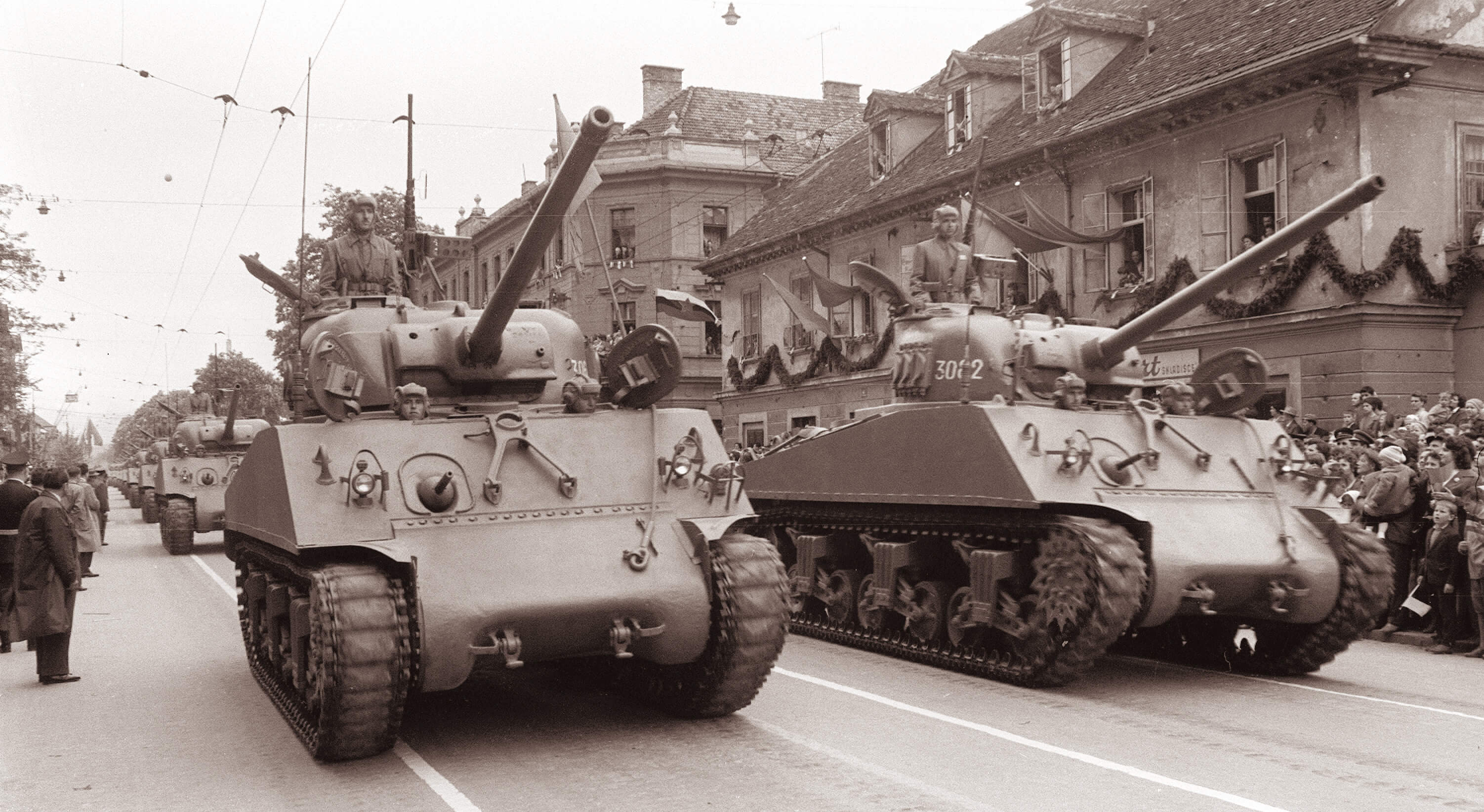
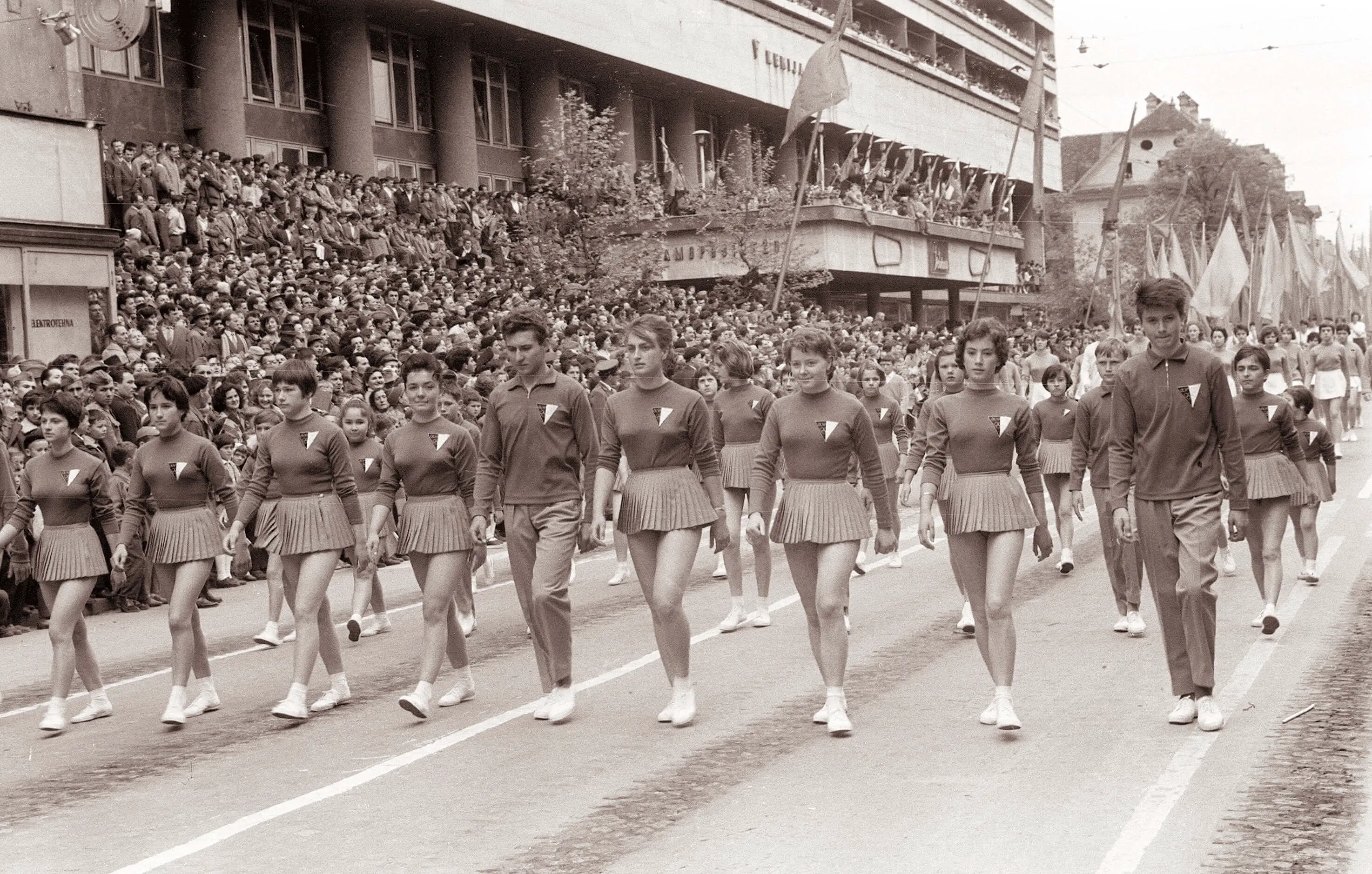
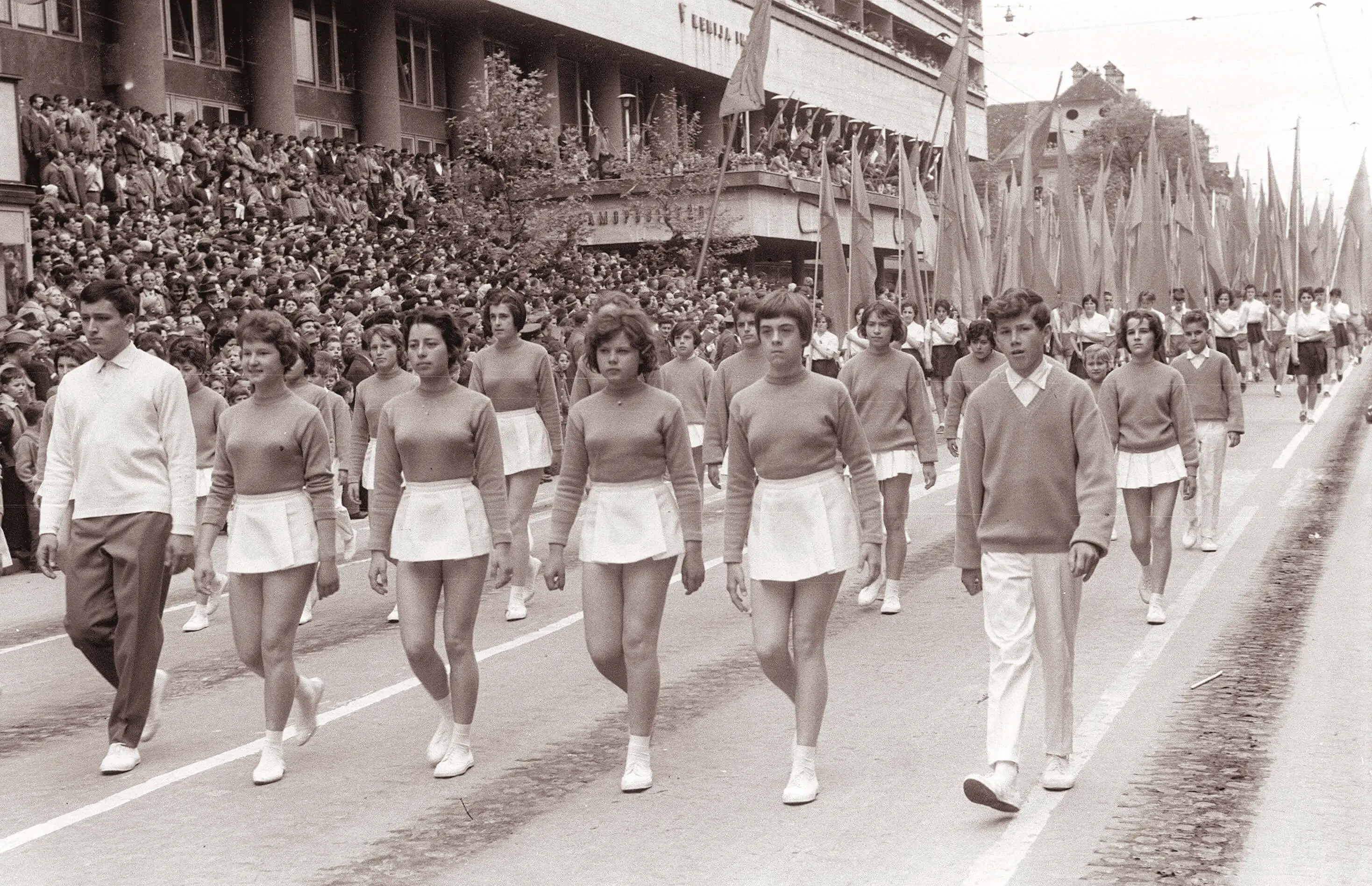
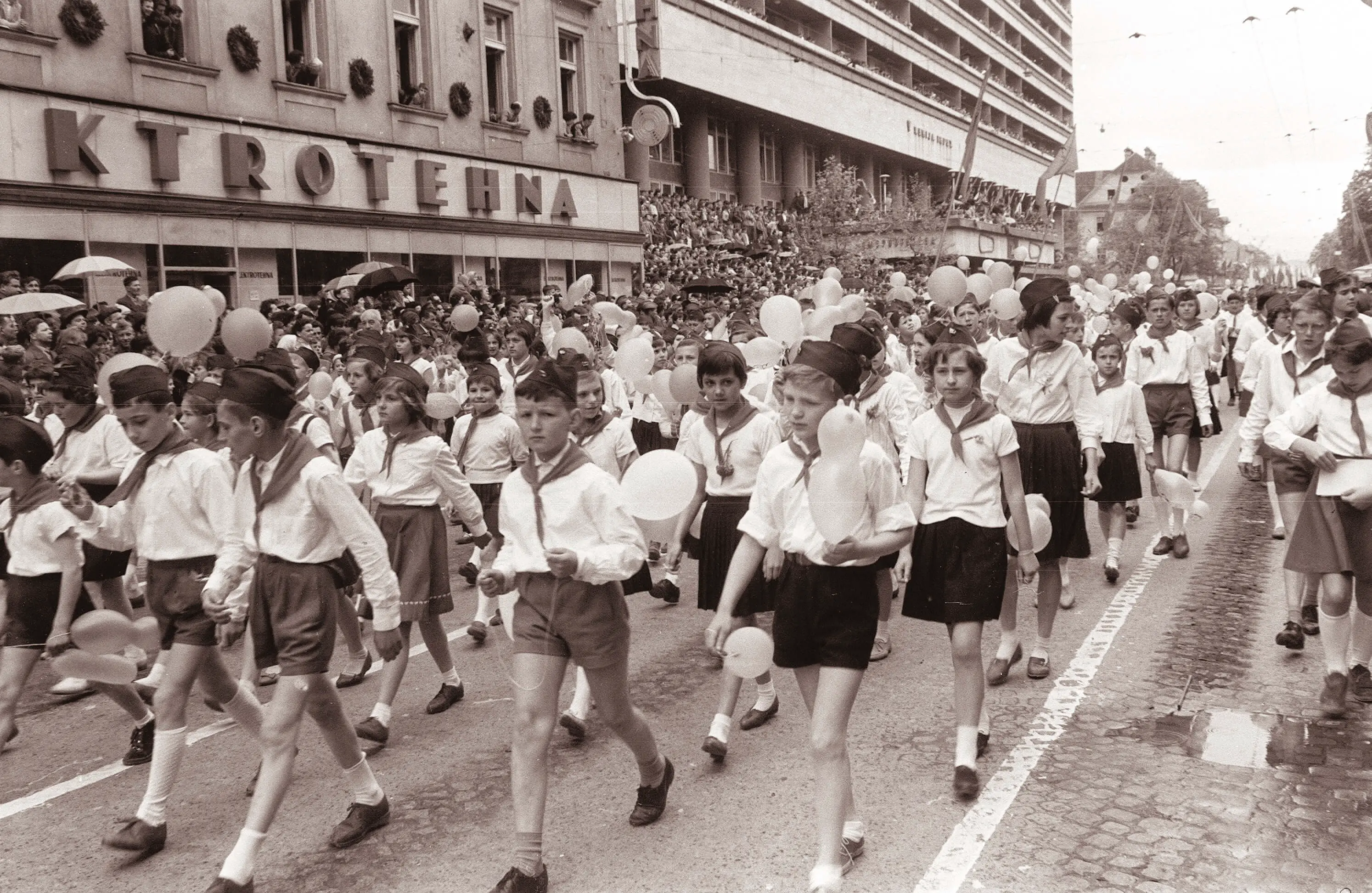
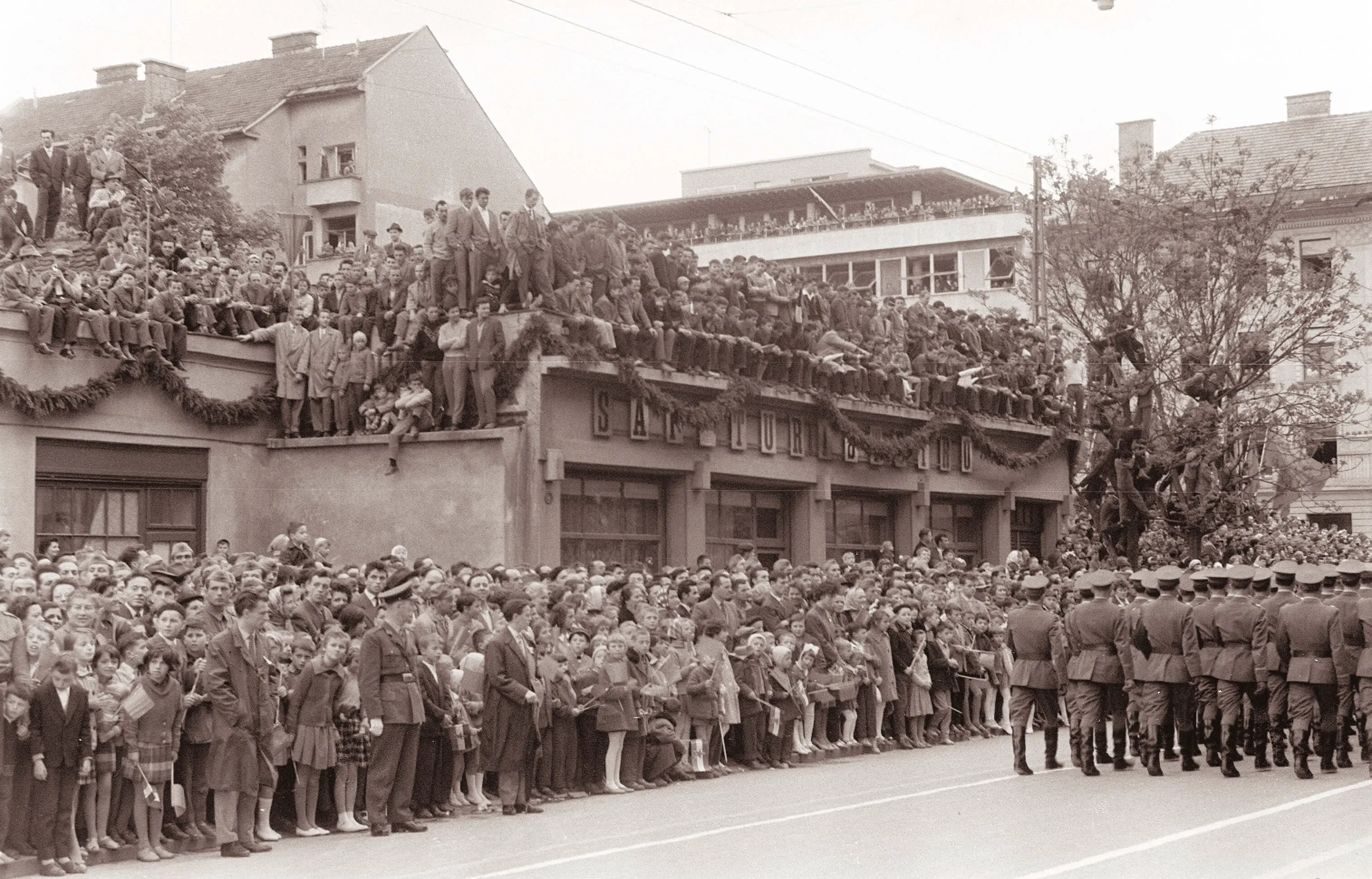
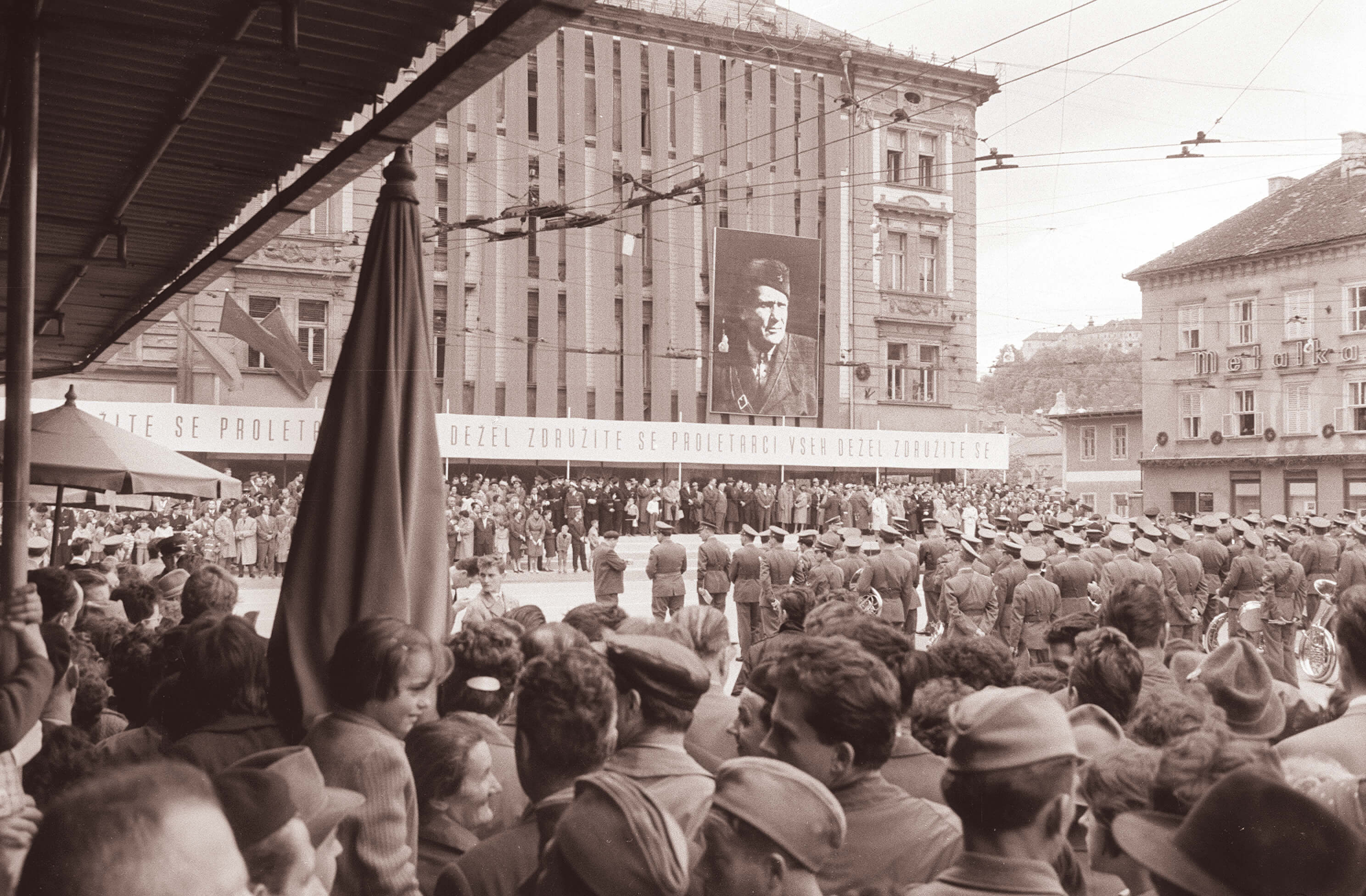
Other "old photos" stories are here
STA, 1 May 2020 - LGBT+ rights NGOs have had to adapt their services to the current extreme circumstances to help contain the Covid-19 spread. Activists are aware that preventive measures are key but also warn that lockdown restrictions have resulted in the loss of safe spaces and aggravated the community's situation.
"The closure of physical social spaces is definitely restricting safe spaces available to LGBTI persons. Most notably that affects those who have had to return to homophobic, biphobic and transphobic environments; unfortunately a lot of parents or guardians are still not accepting of LGBTI persons, even when those persons are their family members," Lana Gobec, the head of the Legebitra NGO, has told the STA.
Quite a few youths have turned to the organisation for support after university dorms were shut down, for they were unable to return to their primary environments either because they had strained relations with their parents or guardians or because they were not allowed to return due to their sexual orientation and/or identity.
"Following the intervention by student organisations, university dorms were then reopened for those who have no other accommodation options," added Gobec, highlighting that this was not the case for persons residing in secondary school dormitories, who are hence often left with only an option of going back to discriminatory and potentially violent environments.
Legebitra can assist in such cases by helping the person seek shelter in a safe house.
The results of the 2019 Eurobarometer on the social acceptance of LGBT+ people in the EU show that 32% of Slovenians would feel totally uncomfortable if one of their potential children was in a romantic relationship with a person of the same sex as the offspring.
In the case of them being in a relationship with a transgender person or intersex person that figure dominates at 39% or 37%, respectively.
Crisis amplifies social inequalities and mental health problems
Institute TransAkcija, the first Slovenian trans-specific NGO, has warned that the Covid-19 crisis has been highlighting and deepening the gap between the privileged centre and marginalised minorities.
"First and foremost, I believe that the anti-crisis measures have been drawn up in such a way that most of them require a certain privilege from the get-go, so that a conscientious citizen could heed them.
"#StayHome, for example, sure, naturally, but what if one does not have a home? Or one does have a bed, but in an extremely toxic environment? The measures are primarily drawn up for persons whose circumstances stem from a number of normative groups, while minorities are, as always, faced with situations that require self-organisation," Linn Julian Koletnik, the founder and head of TransAkcija, has told the STA.
They have also pointed out that only a handful of spaces in Ljubljana are available to the LGBT+ community and almost zero elsewhere. The current circumstances have only aggravated the situation.
"Community spaces mean safer spaces where people can relax and express themselves the way they are; so many are struggling now because those spaces are missing. But there are online efforts aiming to maintain the sense of community, which is great."
Various factors, including a temporary loss of physical safe spaces and rejections experienced in primary environments, have exacerbated mental health problems for some, with LGBT+ persons being more likely to struggle with mental health in general, according to numerous international studies.
Individuals who seek help via Legebitra support and counselling programmes and were residing in dormitories prior to the introduction of the measures have been reporting intensified feelings of anxiety, gender dysphoria and depressive moods.
Such reports have been coming mostly from younger members of the community who are not enjoying the support of their families, since their parents are not accepting their sexual identities, Gobec has highlighted. Legebitra believes that many more LGBT+ persons face similar difficulties.
The organisation has not detected any increase in various types of violence against LGBT+ persons so far, however it has warned that the lack of such information could be misleading, since not only risk factors are multiplied during times of crisis but also it is more difficult to access mental health services.
Moreover, the community has been facing prejudices and stigmatisation regardless of the crisis, which may also result in suffering abuse and violence. Experts have been pointing out that if reported, which is quite rarely the case, such incidents are not recorded separately as hate crimes against the LGBT+ community and are thus not reflected in statistical data.
The 2019 Universal Periodic Review report on the situation of LGBT+ persons in Slovenia, which was sent to the United Nations by several organisations, including Legebitra and TransAkcija, shows that in the five years leading up to 2019, 60% of LGBT+ survey respondents were victims of harassment.
Almost a third did not report the worst incident to the police since they believed that nothing would change because of that. More than 20% experienced physical and/or sexual violence and those were even less likely to report the crimes.
Many users of TransAkcija counselling and support services also report about amplified struggles during the epidemic in the wake of their environments rejecting them. Some trans or non-binary persons are not out in their primary environments or they are not accepted and are hence not able to safely use their actual names or pronouns and express themselves in line with their identities, explained Koletnik.
Moreover, LGBT+ persons struggle more with unemployment compared to the general population, which may lead to some doing sex work, said Koletnik. Sex workers are currently faced with even more serious troubles.
If they are forced to continue working amid the epidemic due to their socio-economic situation, "they are considerably exposing themselves to the risk of getting infected with the novel coronavirus. Also, they have zero workers' rights," added Koletnik.
Accessing support and online safe spaces
Both organisations have restricted their services to non-personal forms of communication due to the epidemic. TransAkcija continues to provide support online, using Jitsi for video-counselling, a platform that is, according to the organisation, safe and easy to use - features that are essential but not ubiquitous in helping vulnerable social groups, Koletnik said.
The institute has mainly strived for transforming its programmes in such a way so as to acknowledge the trans-specific needs.
"Transgender persons who wanted to or were in line to initiate the medical transitioning process have now had to postpone that for an indefinite time, which certainly extremely negatively affects their mental health since the process duration has been found to be the primary cause for mental health issues among trans persons, according to a study," said Koletnik.
Meanwhile, Legebitra has launched an online youth centre after closing the only such facility in the physical world, mainly intended for LGBT+ persons. Using digital technologies, the organisation carries on with all of its support and educational services, including supporting individuals living with HIV and providing legal counsel.
Gobec has pointed out that many members of the community were seeking support already prior to the crisis, with Legebitra detecting a considerable increase in counselling requests in the LGBT+ community in the past few years.
Links:
All our stories on the LGBTQ+ community and Slovenia are here
STA, 29 April 2020 - Schools and kindergartens in Slovenia will start reopening on 18 May in what will be a gradual process, Education Minister Simona Kustec announced after a cabinet session on Wednesday. Only the youngest and oldest students will return to classrooms, all others will end the year at home.
"This will be a thought-out, gradual measure. We'll do this just for certain groups and certain grades and under the very clear precondition that we will have precise instructions and guidelines for teachers, students and parents," she told public broadcaster TV Slovenija.
Kindergartens will reopen first and classes will start in the first three grades of primary schools and for final-year students at secondary schools. Next, final-year students of primary schools will return to class "so that they may complete their primary education in the usual way," she told POP TV.
Other students will "complete the school year remotely," said Kustec. "This is the way instruction is already carried out and this is how it is going to end."
The measure appears designed to allow parents of small children who cannot be home alone to return to work as portions of the economy which had been shut down gradually restart operation.
Before students return to school, the ministry will issue detailed guidelines on protective measures that both students and teachers will have to take. The information will be circulated next week.
"It is necessary to provide the conditions and the appropriate safety equipment so that it is possible to safely re-enter these organised forms of education," said Kustec.
While Kustec did not disclose the details of protective measures, Simona Perčič of the National Institute of Public Health told TV Slovenija that classes will probably be split into two to make sure there is enough space between students.
Hand sanitizer will have to be available and use of face masks will be mandatory from age 12. Younger children will not be required to wear masks since they are not able to use them properly, she said.
Schools and kindergartens closed on 16 March as one of the first measures to fight the Covid-19 epidemic. Home schooling was launched immediately and after significant problems were reported in the initial weeks, the ministry says 99.5% of students now take part in remote learning.
The news comes after Prime Minister Janez Janša announced a gradual easing of measures starting with the lifting of a ban on inter-municipal travel on 30 April and a series of measures to follow after Labour Day weekend.
The details of the plan are to be presented at the daily government coronavirus briefing on Thursday morning.
STA, 28 April 2020 - Culture Minister Vasko Simoniti indicated at the government's regular coronavirus briefing on Tuesday that, the situation permitting, galleries, museums and libraries could start opening at the beginning of May.
While all culture activities and institutions have been confined to the internet since mid-March, Simoniti said Slovenia was successful in limiting the spread of coronavirus and was starting to soften lockdown restrictions in individual areas.
The beginning of May could thus potentially see galleries, museums, libraries and potentially also some other institutions opening their doors, he said.
However, this still depends on forthcoming reports and recommendations by health experts, the minister added.
Meanwhile, Simoniti feels the ministry had done a good job in mitigating the impact of the crisis on culture workers, with funding secured for institutions despite the production hiatus along with benefits for precarious workers in the sector.
"I hope we've provided at least the basics that prevent anyone from being gravely hurt and activities from dying in any field so that full operations in culture and the arts can be restored once the disease is removed and all the restrictions are lifted," he said.
All our stories on coronavirus are here
STA, 26 April 2020 - Slovenia had a population of 2,095,861 on 1 January 2020, up 14,953, or 0.7%, from a year earlier. The number of Slovenian citizens dropped in 2019 as the multi-year downward trend continued, with the number of immigrants increasing again.
The number of Slovenian citizens in 2019 dropped by 3,205, or 0.2%, to 1,939,510, which is a slightly bigger drop than in 2018, Statistics Office figures show.
The number of foreign citizens residing in Slovenia meanwhile increased by 18,158, or 13.1%, a rise roughly on a par with 2018.
On the first day of this year, a total of 156,351 foreigners made up 7.5% of Slovenia's population, a rise from 6.6% a year earlier.
The number of men (1,051,066) exceeded the number of women (1,044,795) on that day.
The share of women among Slovenian citizens, which keeps decreasing, stood at 51%.
Only a third of all foreign citizens were meanwhile women.
The low share of women immigrants is attributed to the fact that the majority of foreigners coming to Slovenia in recent years are workers working in industries such as construction.
STA, 27 April 2020 - Resistance Day (aka Day of Uprising Against Occupation, dan upora proti okupatorju) will be marked in Slovenia today to remember the establishment of the Liberation Front, an organisation that spearheaded the resistance movement against the occupying forces during World War II.
Given the coronavirus lockdown, there will be no national ceremony marking the public holiday and the 79th anniversary of the Liberation Front.
However, President Borut Pahor and the head of the WWII Veterans' Association, Marijan Križman, will address citizens from the Presidential Palace in the morning.
They will also lay a wreath at the Liberation Front monument in Rožna Dolina borough in Ljubljana, in front of the house in which the organisation was formed.
National Assembly Speaker Igor Zorčič will lay a wreath at the tomb of national heroes in the park near the Parliament House.
Since the Presidential Palace will not be open to the public, people will have the opportunity of visiting the president's chambers online.
For Slovenians, World War II started on 6 April 1941, when Germany attacked Yugoslavia.
The Anti-Imperialist Front, as the Liberation Front was initially known, was formed 20 days later, on 26 April 1941, the day when Hitler visited the city of Maribor.
The fact that its establishment is marked on 27 April is due to a minor historical error.
In 1572 one of the most important advanced peasant revolts occurred in the lands of today’s Slovenia and Croatia. Most probably it began on today’s date, April 24.
Peasant rebellions, which spanned over a period of 250 years in Slovenia, had five notable events, starting with the Rebellion of Carinthia in 1478 and concluding with the 1713 Rebellion of Tolmin.
Among the main causes of peasant revolts were the reintroduction of duty in kind, increase in feudal tax and serjeanty, violence against serfs by feudal lords, Turkish incursions and wars, on top of agricultural disease and weather-related disasters.
For these reasons serfs began organizing themselves into farmers’ associations, or “punti” as they were called in Slovenian. Between the 15th and 17th centuries “punti” were targeting feudal lords, while at the beginning of the 18th century they were directed against the state institutions and Emperor.
The biggest rebellion in Slovenia occurred in 1515 with about 80,000 participants, most probably depicted by Albrecht Dürer in his 1515 sketch for the Holy Roman Emperor Maximilian I.
However, one of the most important peasant revolts occurred in 1572 adn 1573 across today’s Slovenia and Croatia, and was particularly advanced in terms of organization and political program of the peasants.
The rebels’ political agenda was to replace the nobility with peasant officials who were directly responsible to the Emperor, and to eliminate all feudal possessions of and obligations to the Roman Catholic Church. The peasant government was composed of the main leader Matija Gubec, (Cro: Gubac), and Ivan Pasanec and Ivan Mogaić as its main members. Their plans also included the removal of provincial borders, the opening of freeways for trade and self-management by farmers.
Although historians mainly agree that the main cause behind the Slovene-Croatian rebellion was economic in nature, the rebellion is often associated with Baron Ferenc Tahy and his cruel treatment of the serfs. In 1567 the Imperial commission agreed to investigate Tahy’s competence in run the estates by hearing 508 testimonies against him. Unfortunately, no measures other than the writing of the minutes of the hearings were taken – although these ran for at least six metres – which is why Tahy and his misrule remain the main reason for the rebellion in popular belief.
The rebellion started in 1572 and was initially limited to three Tahy estates. Eventually the revolt spilt over across Croatian Zagorje, lower Styria and parts of Lower and Upper Carniola, with an estimated 12,000 rebels, some 4,000 of whom were killed in clashes with feudal armies.
The rebellion concluded on February 9th, 1573 with the capitulation of the serf army and the following punishments of the leaders: Matija Gubec was crowned with a red-hot heated iron crown and quartered, while the other leaders were decapitated.
A feature film directed by Vatroslav Mimica was made about the events in 1975. The movie is spoken in the dialect of Zagorje, which sounds like a mixture of Slovenian and Croatian or perhaps the proto-language of the two. The film is also available on YouTube:


